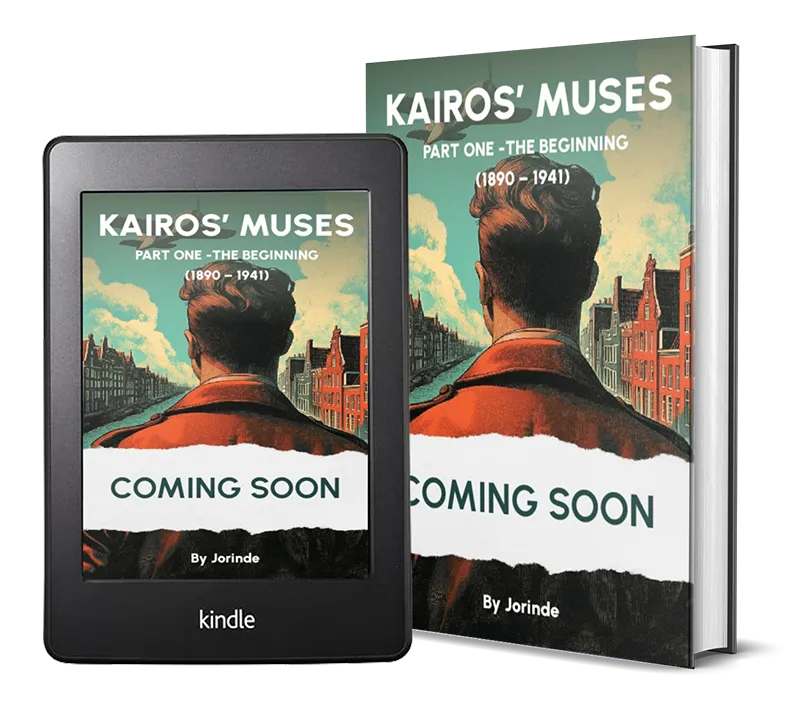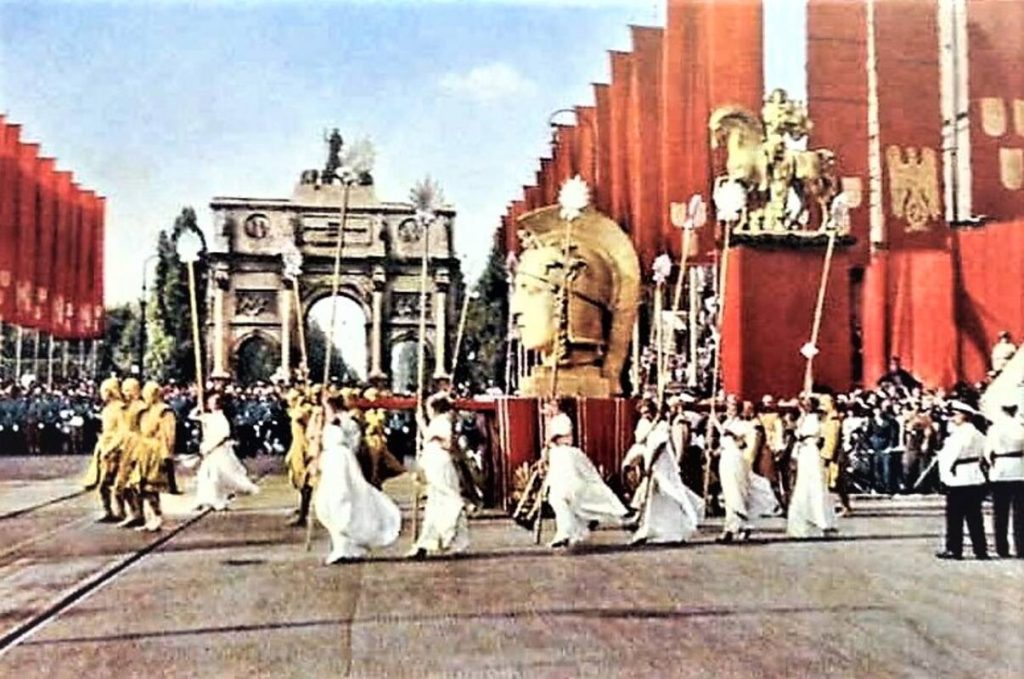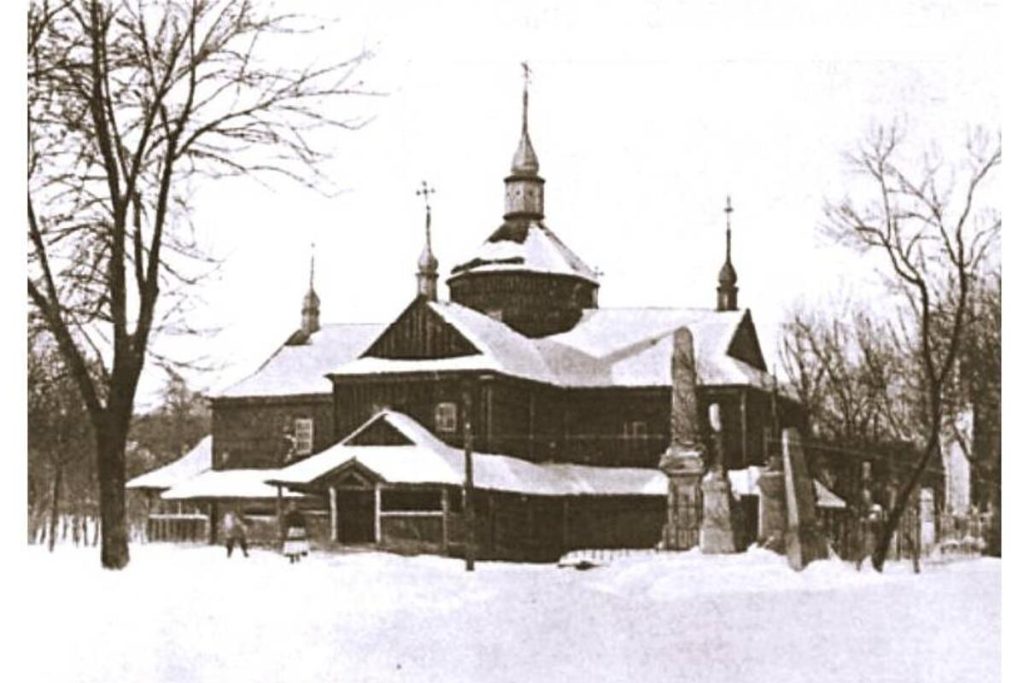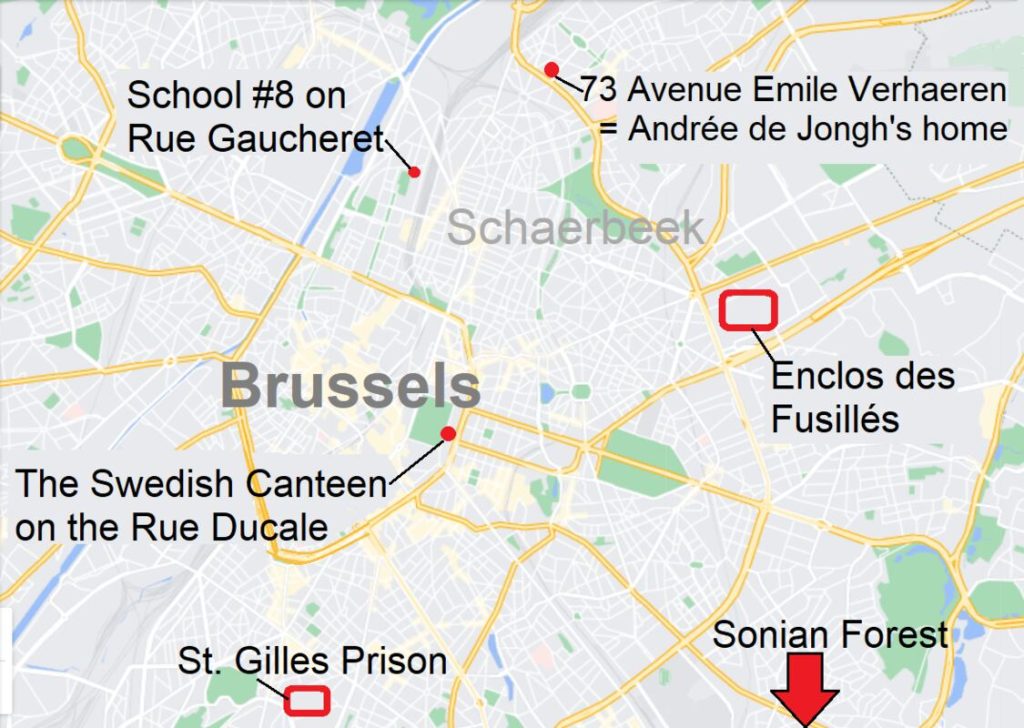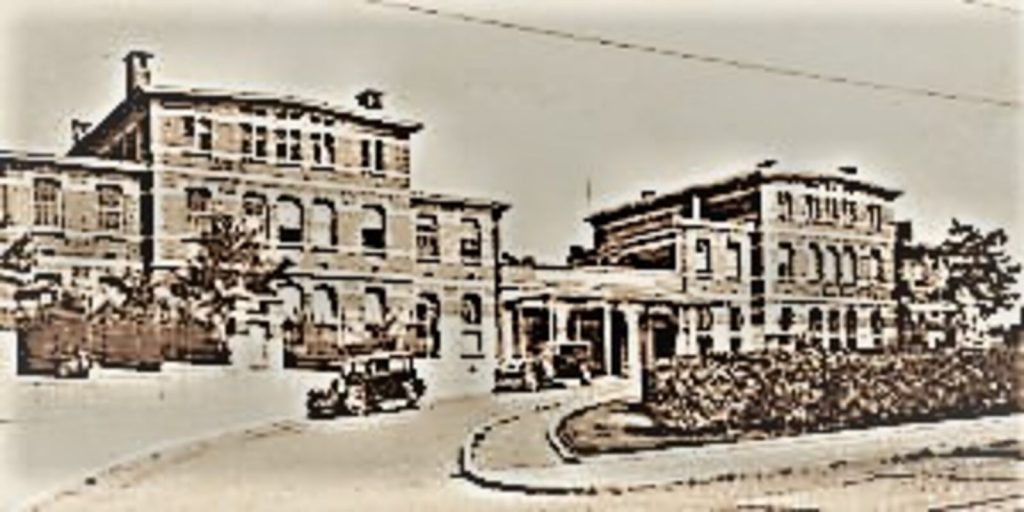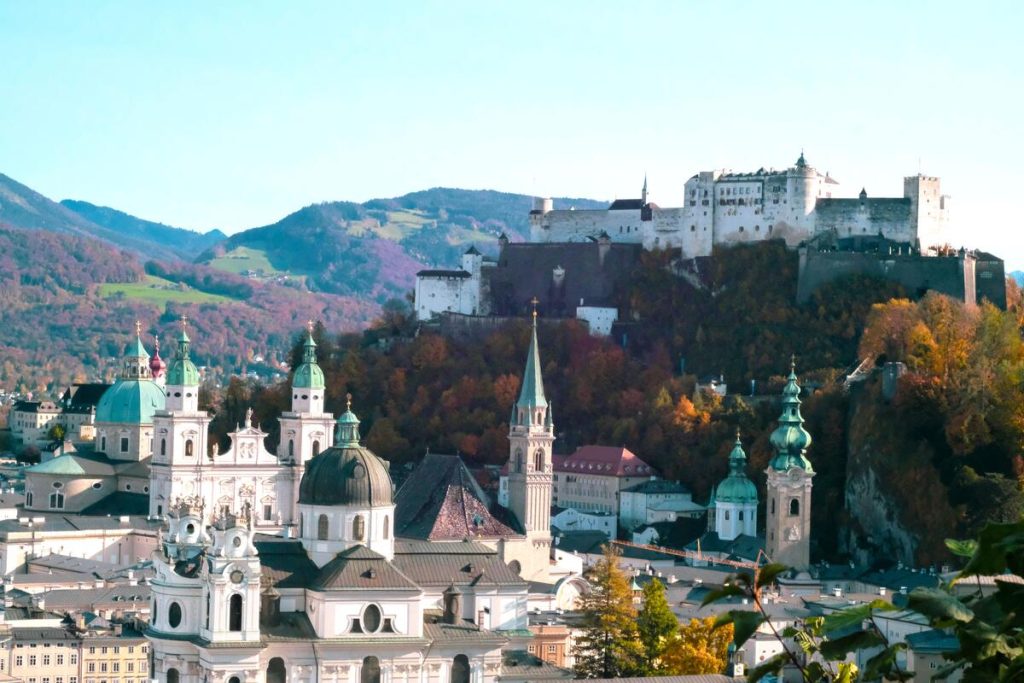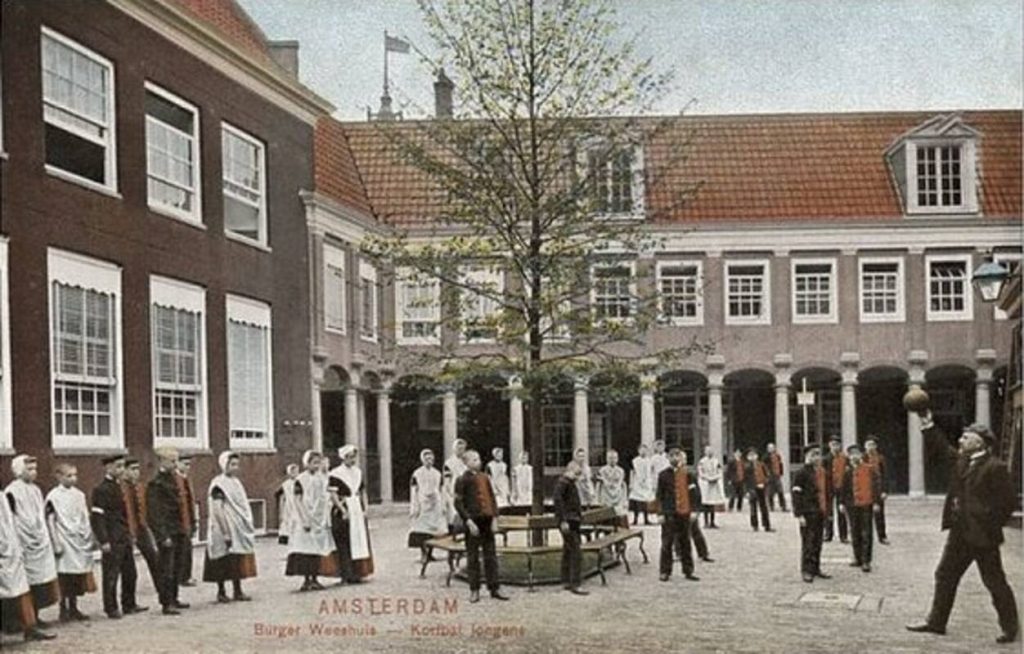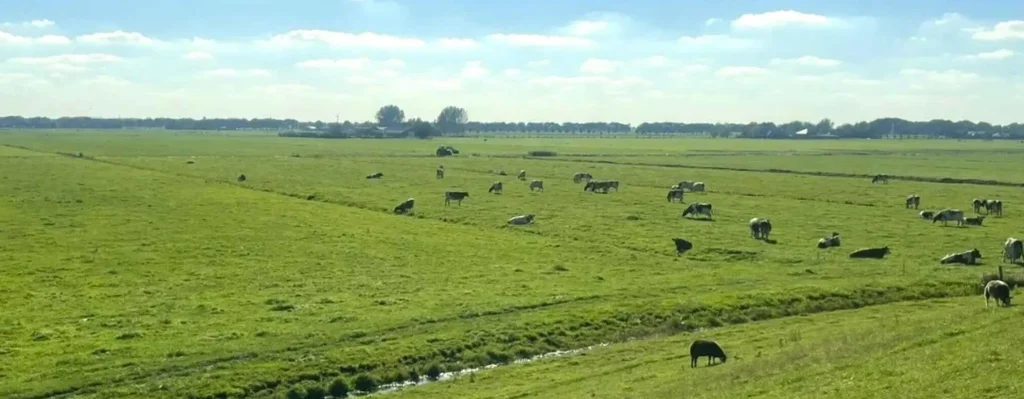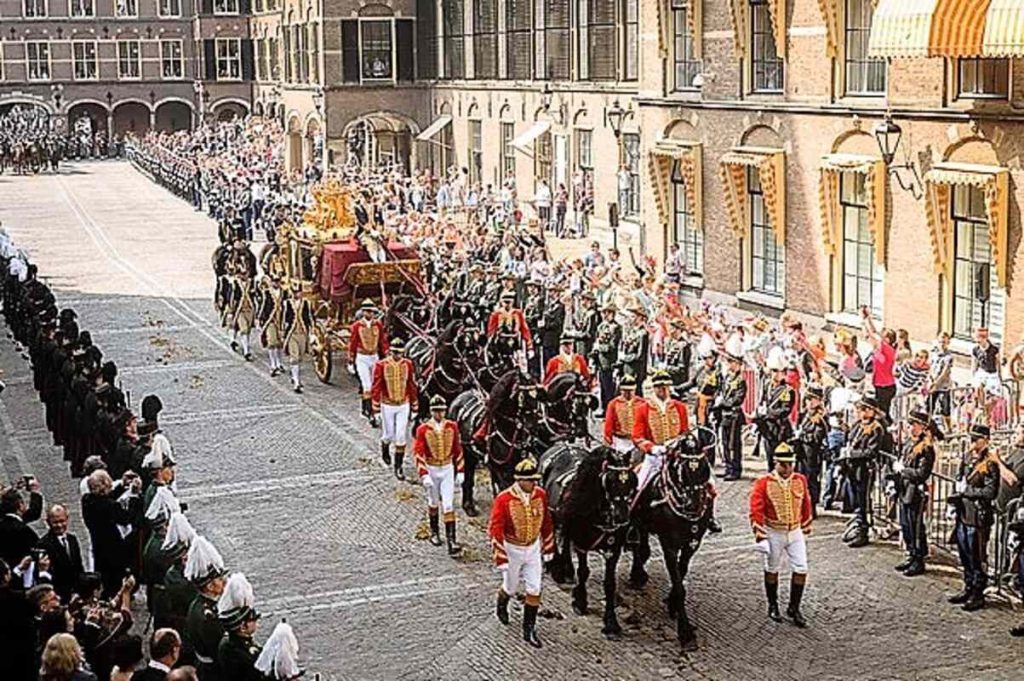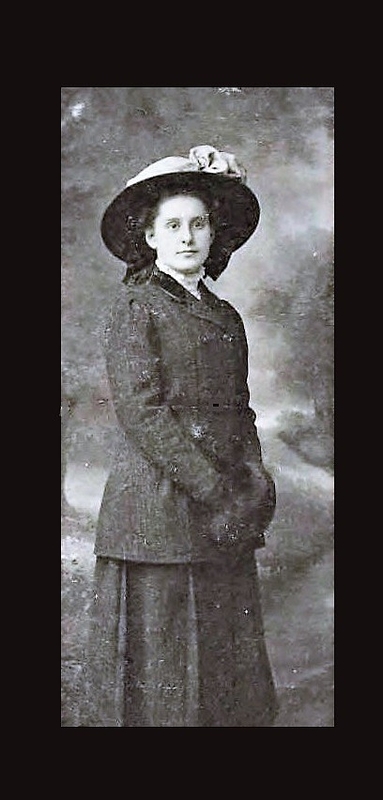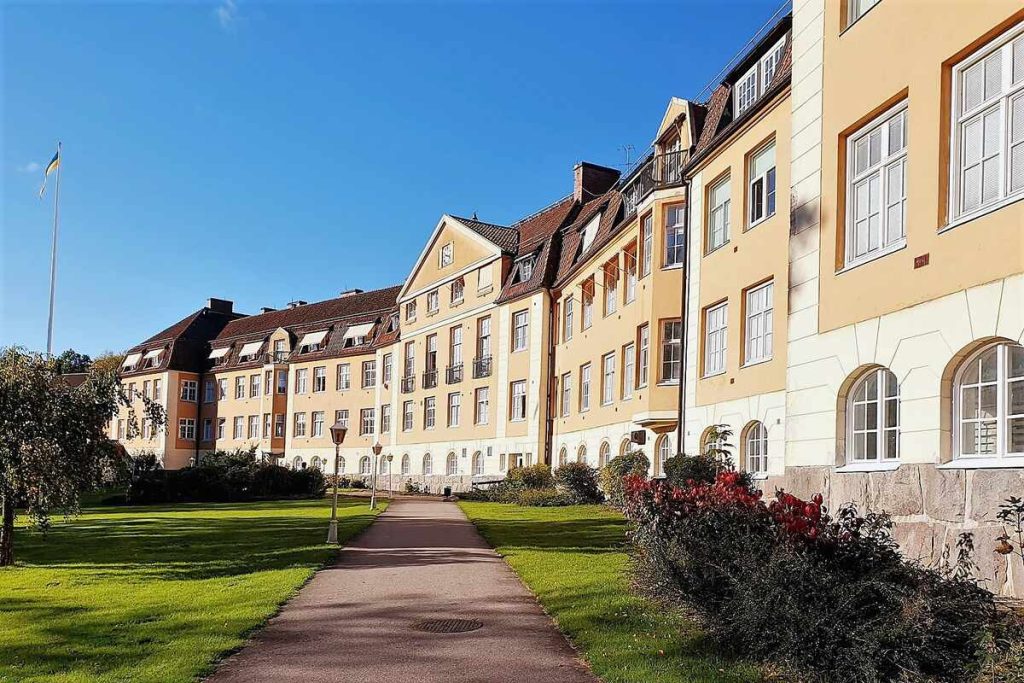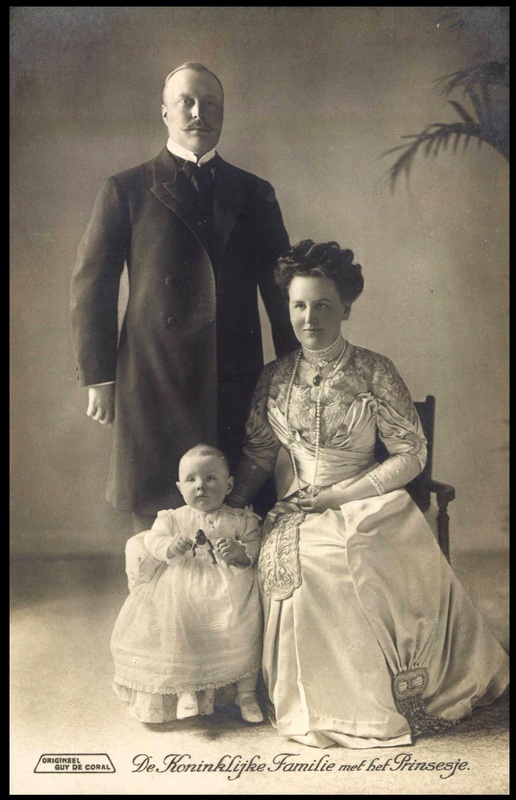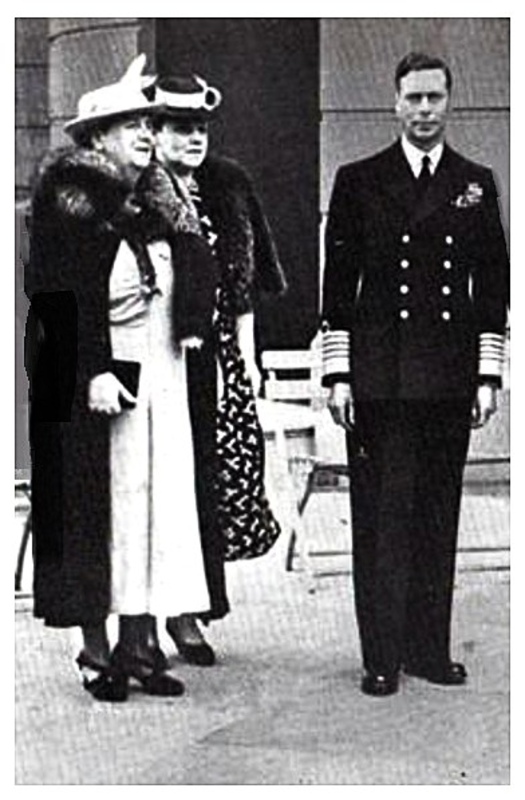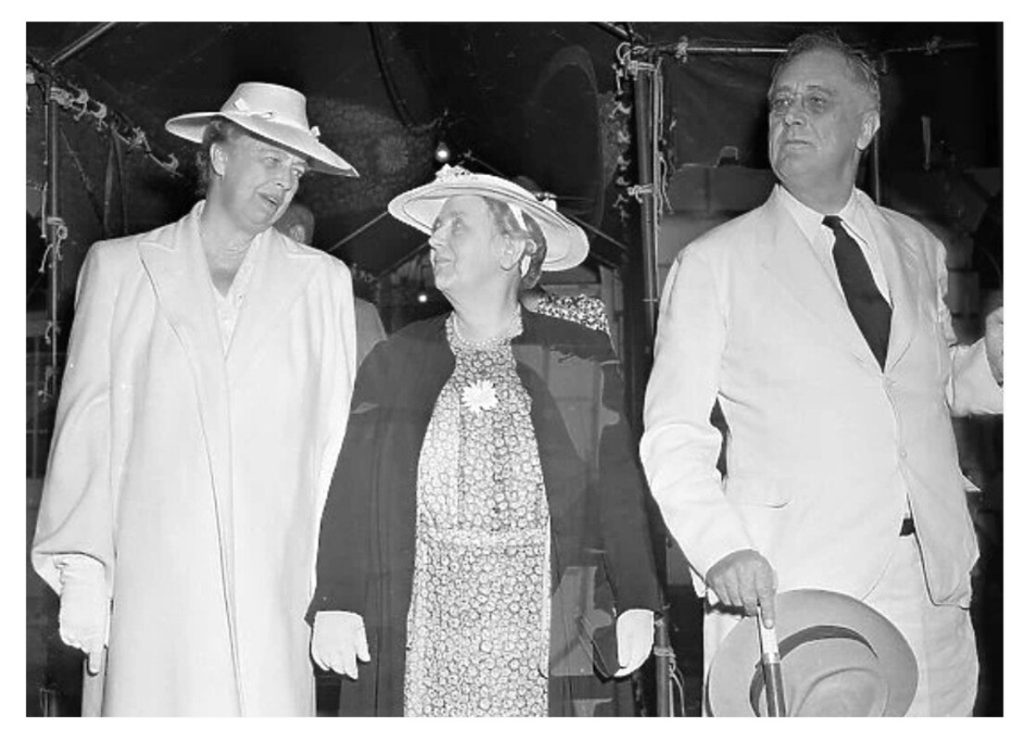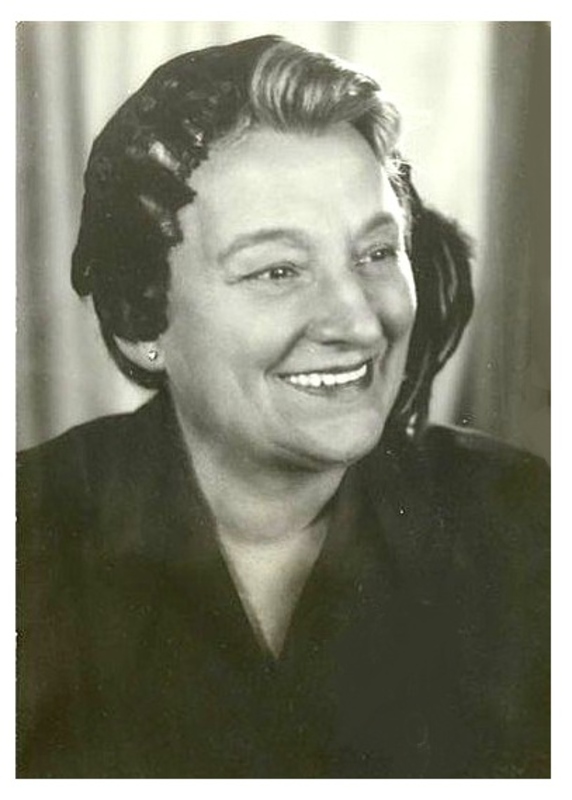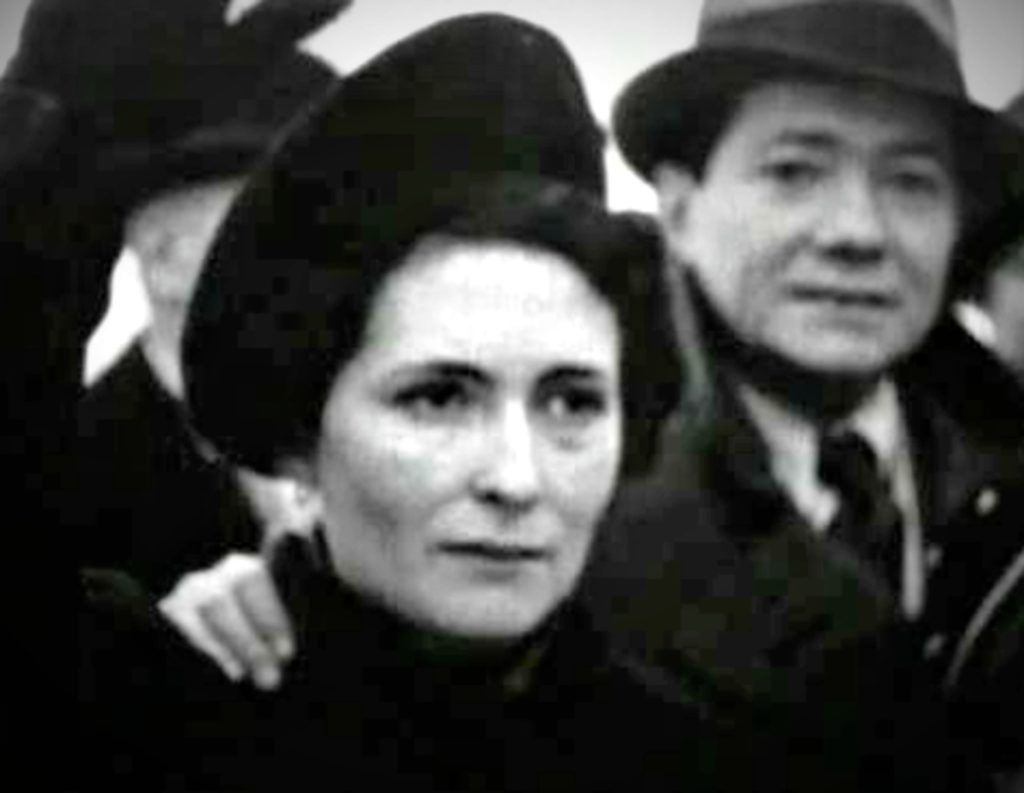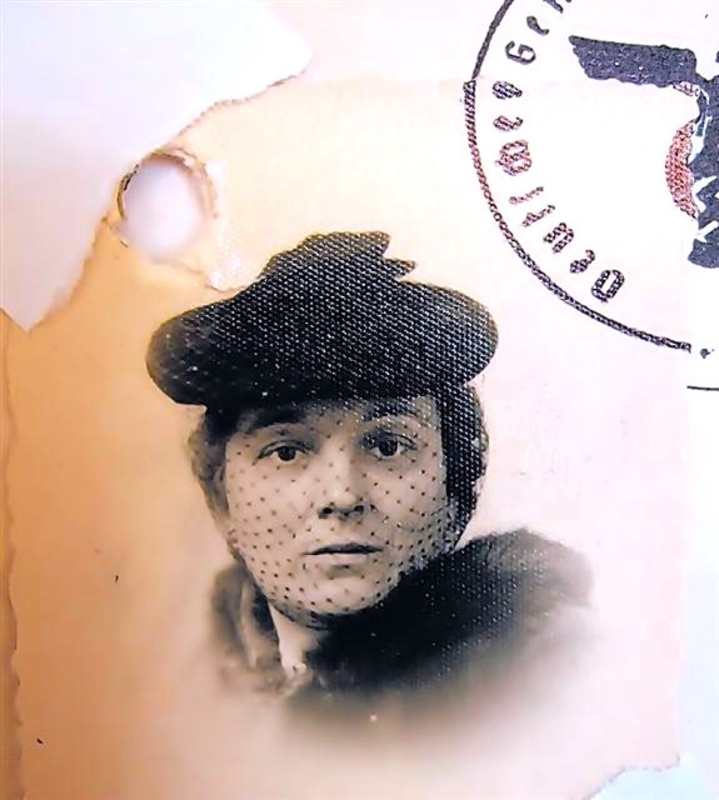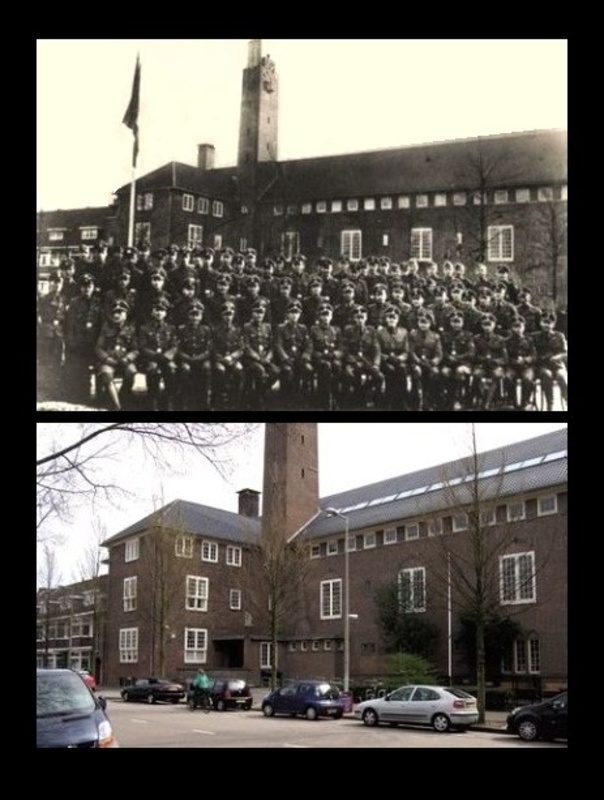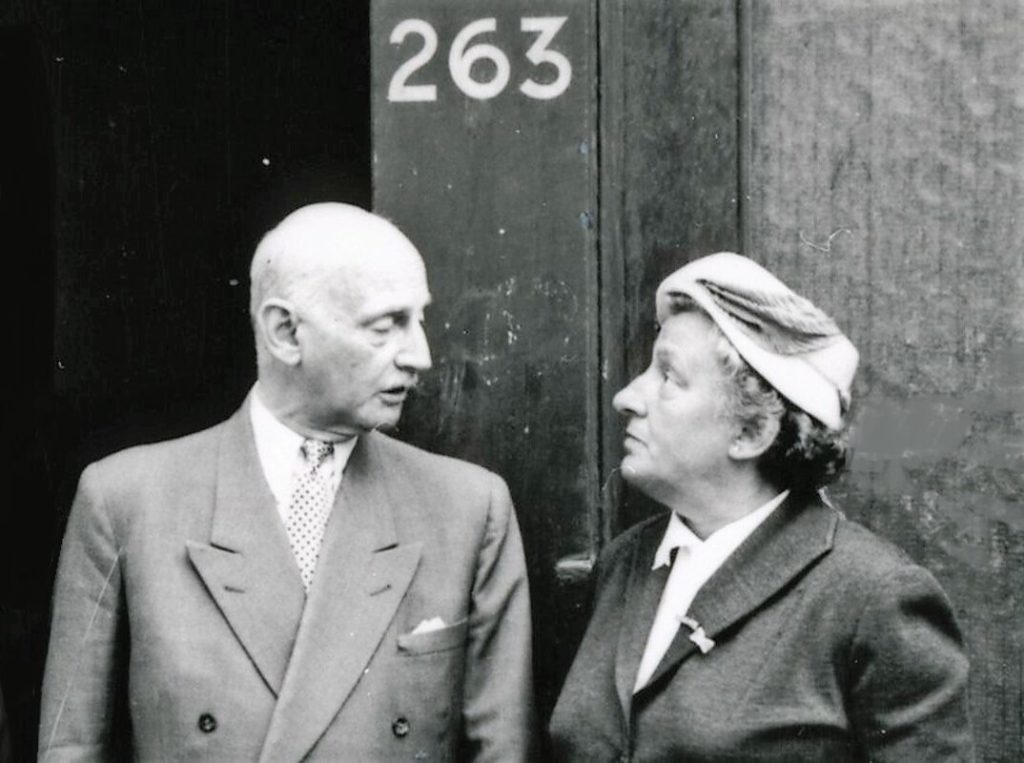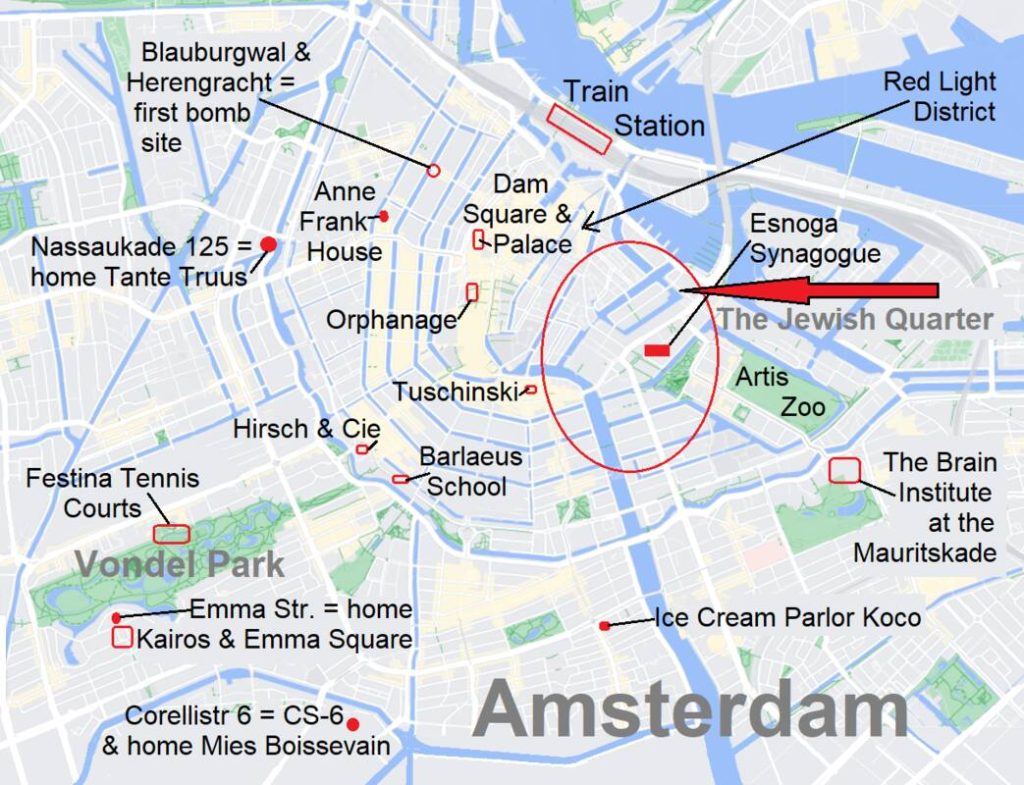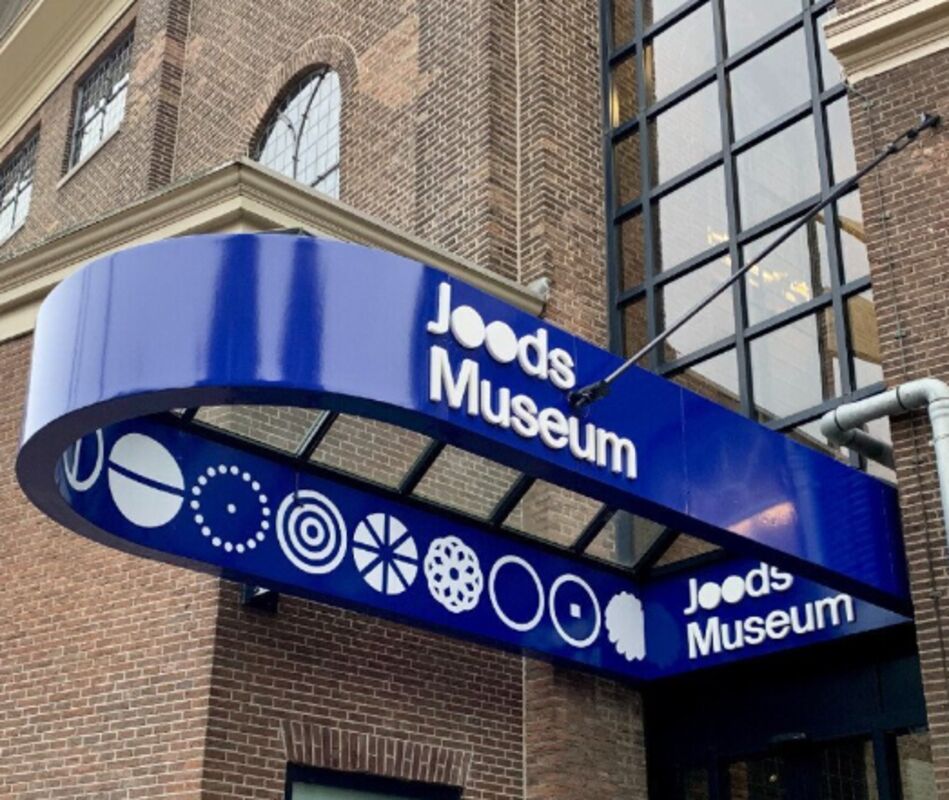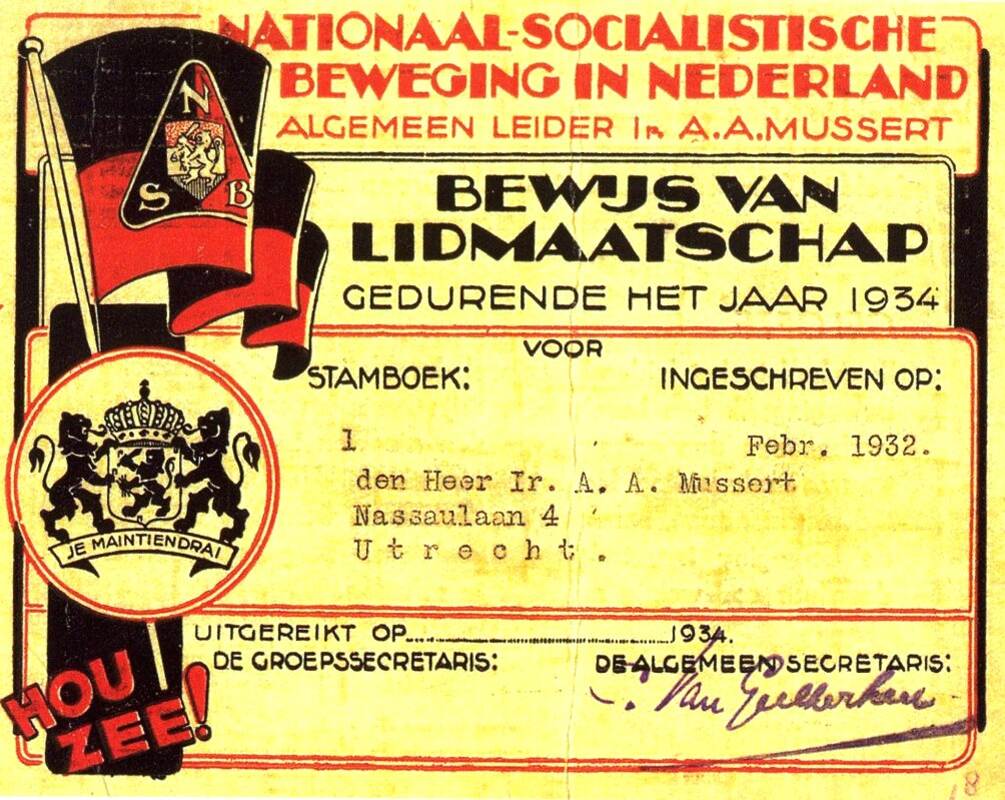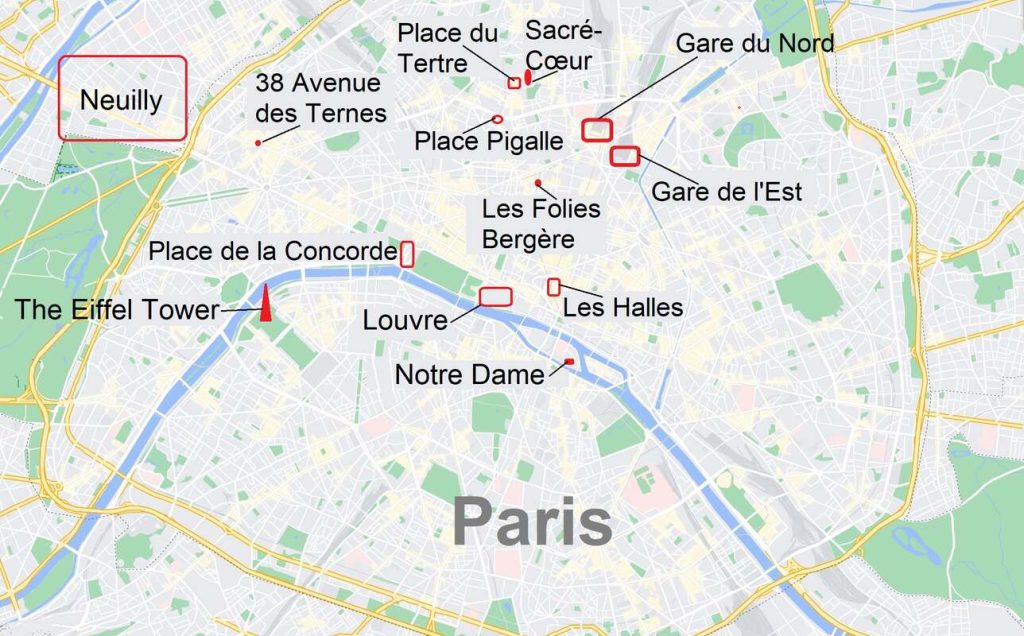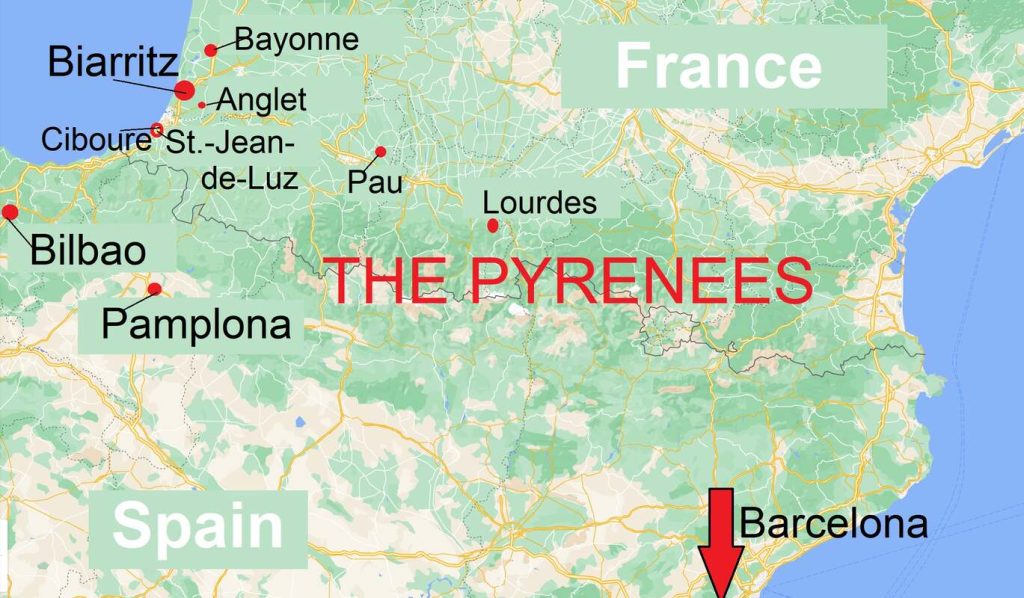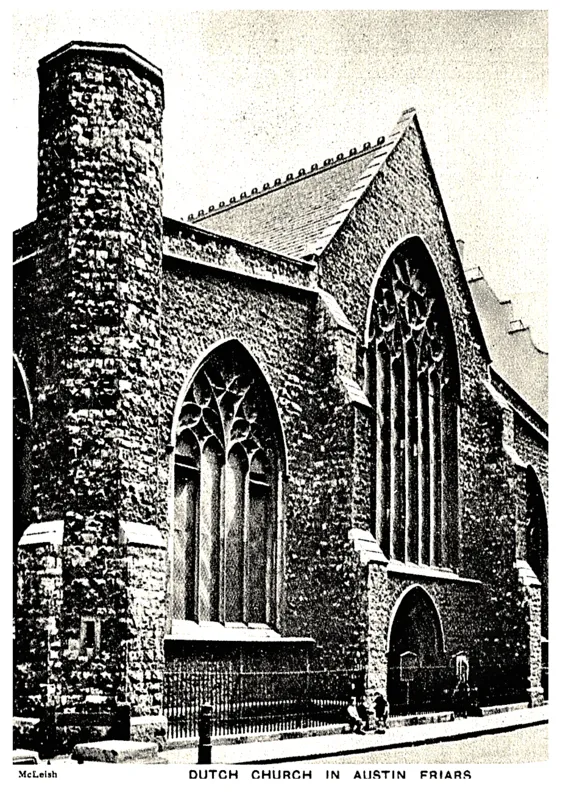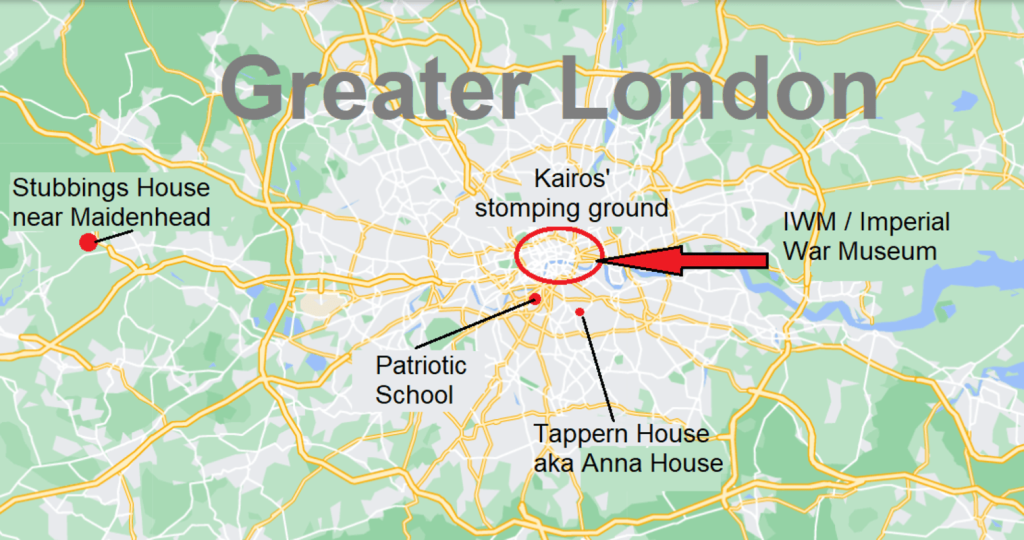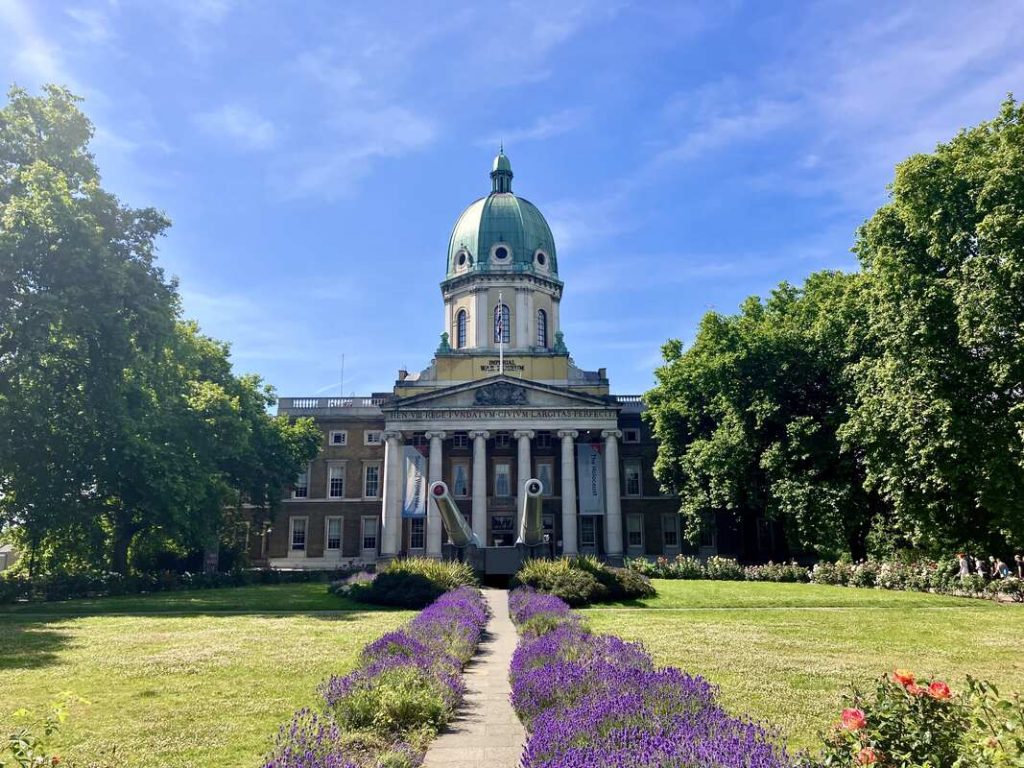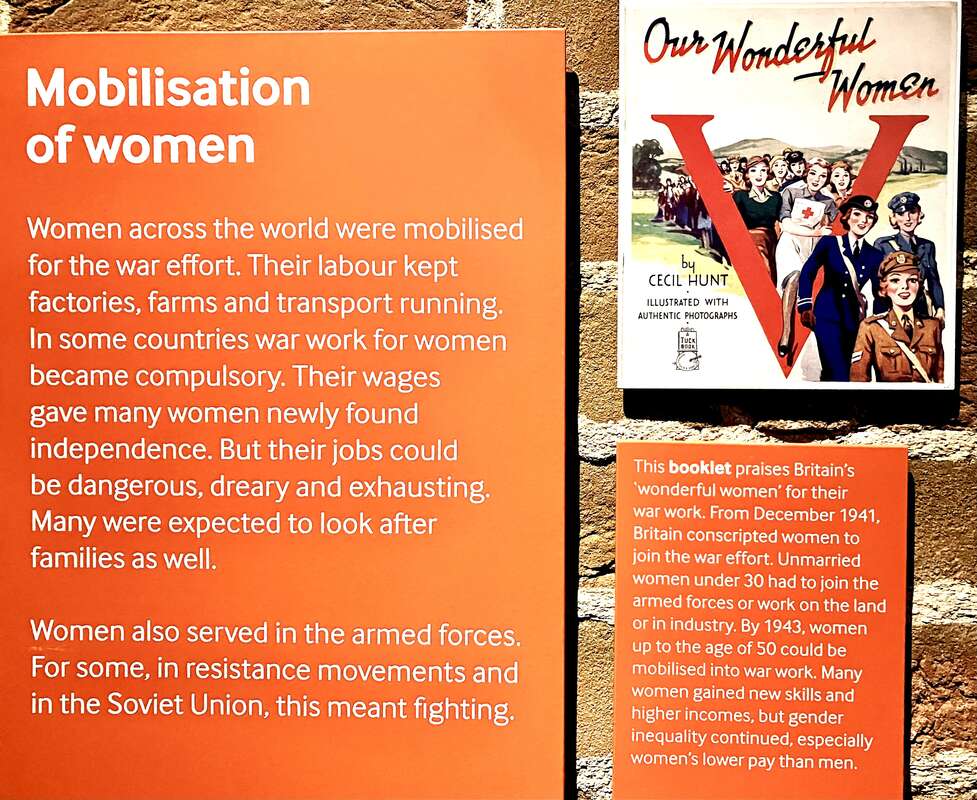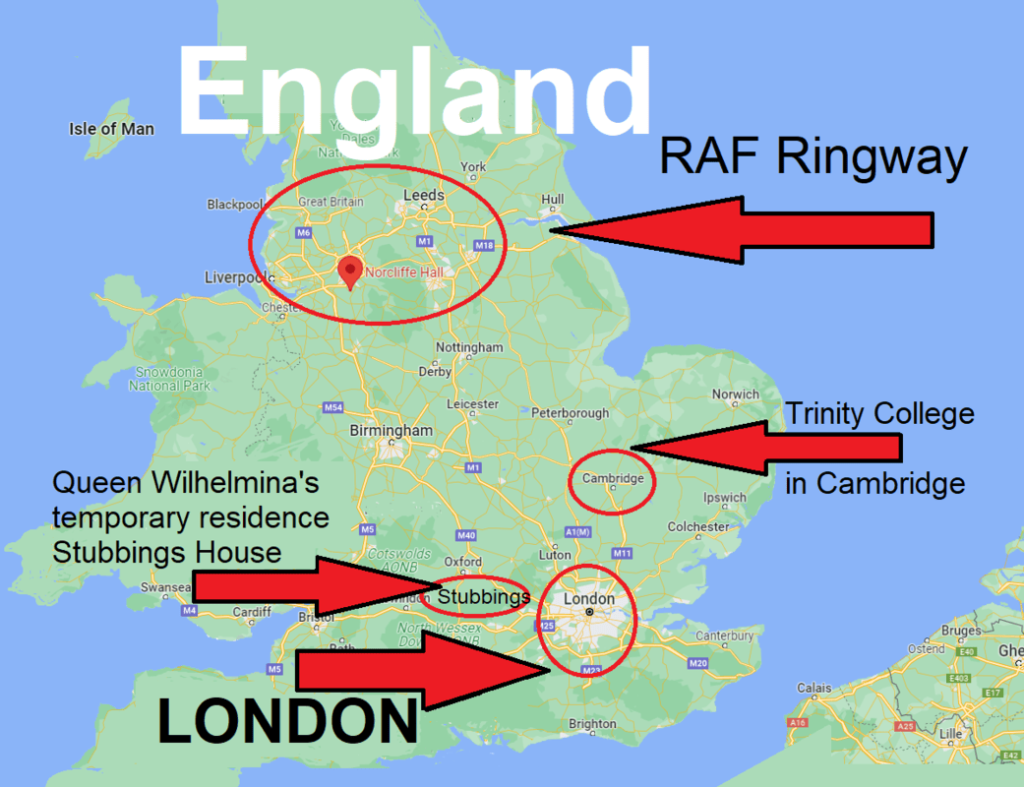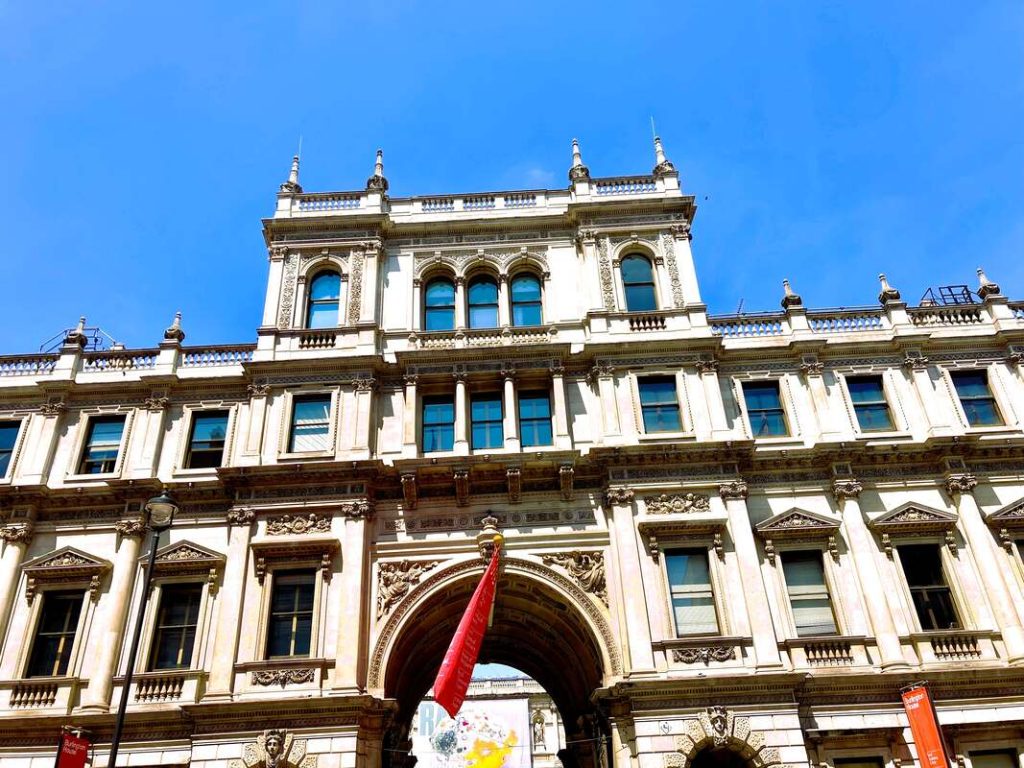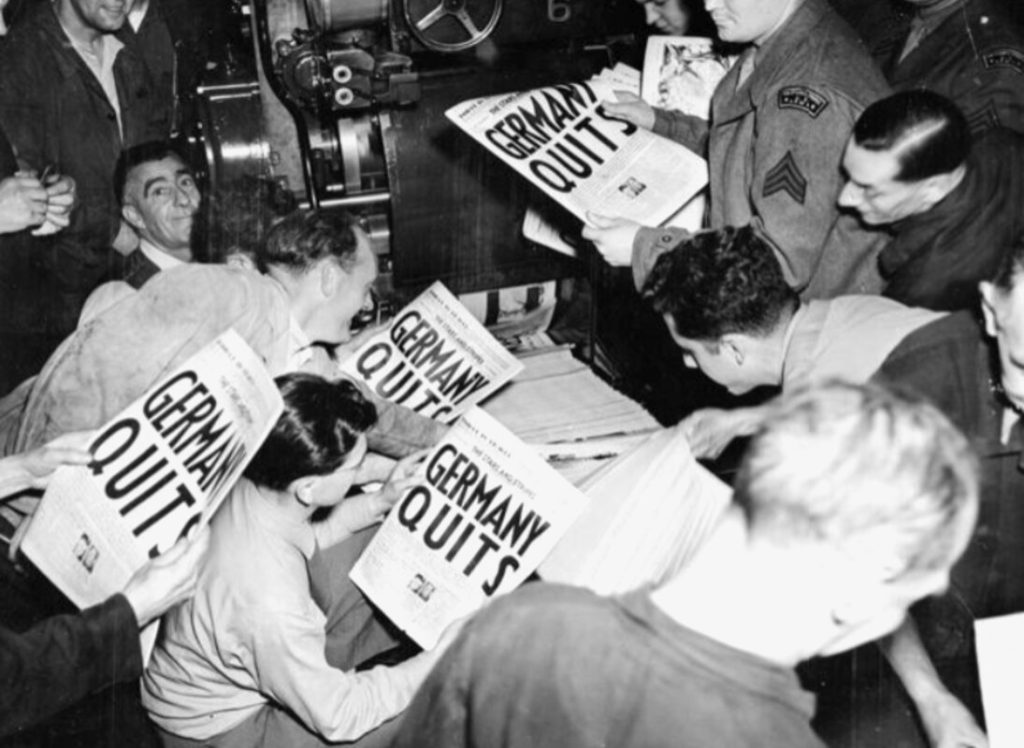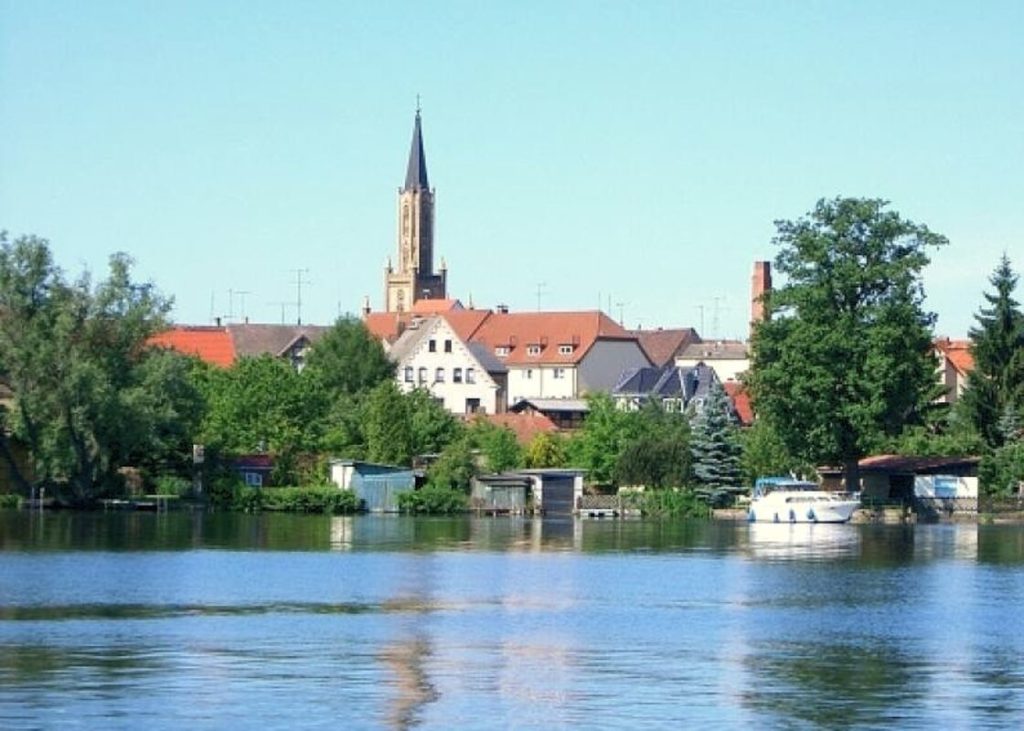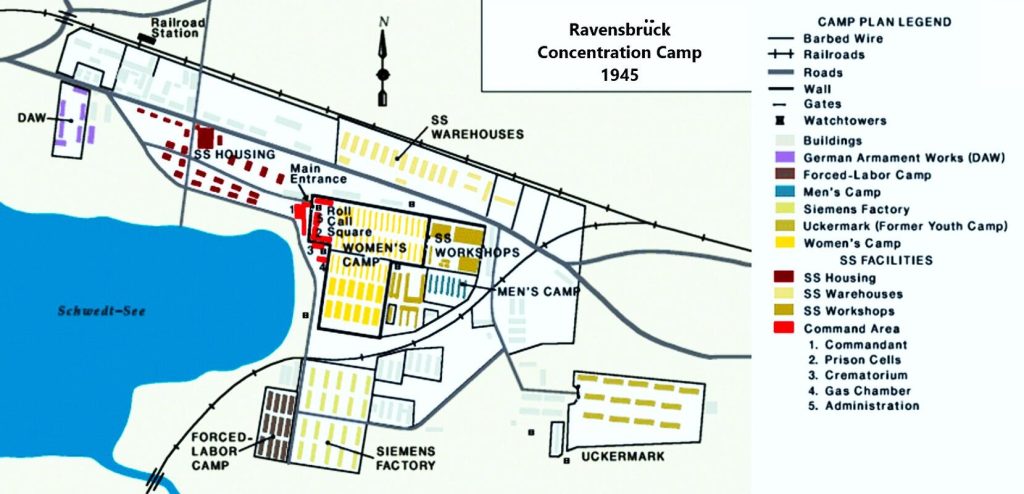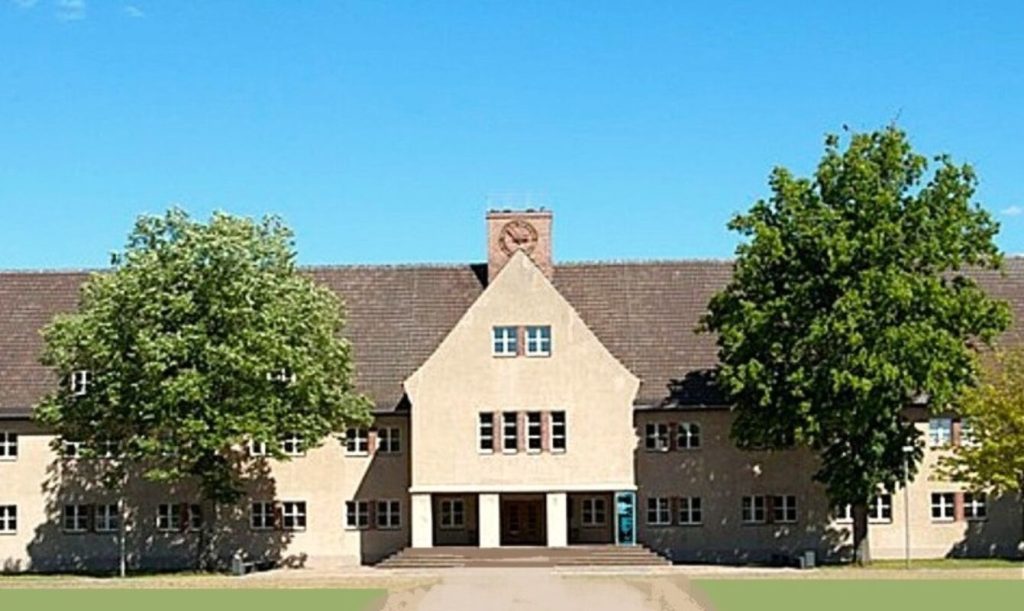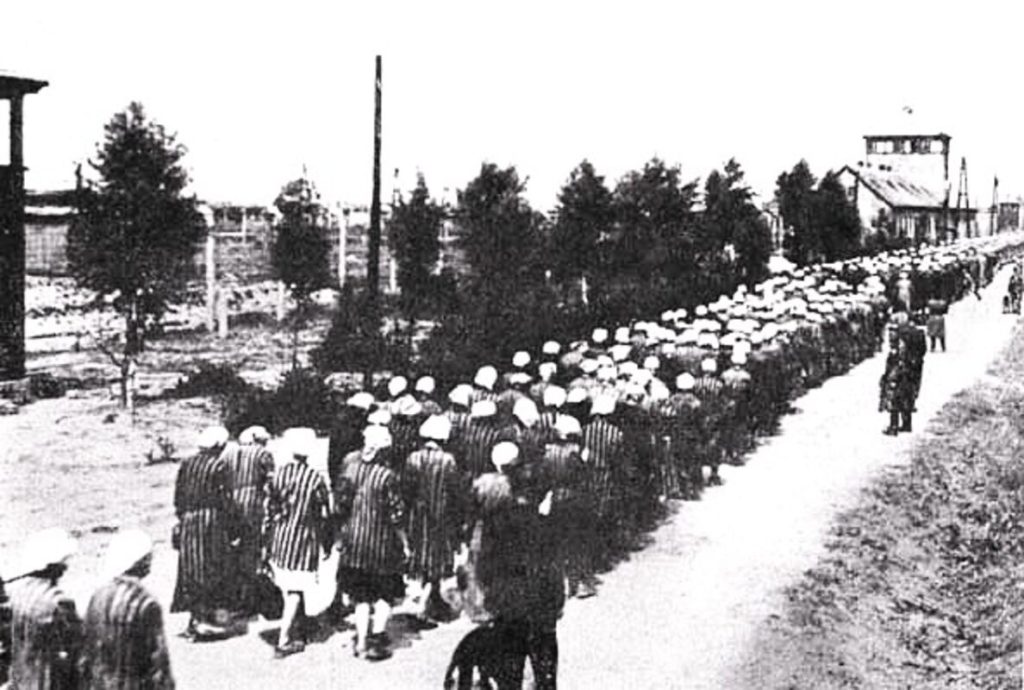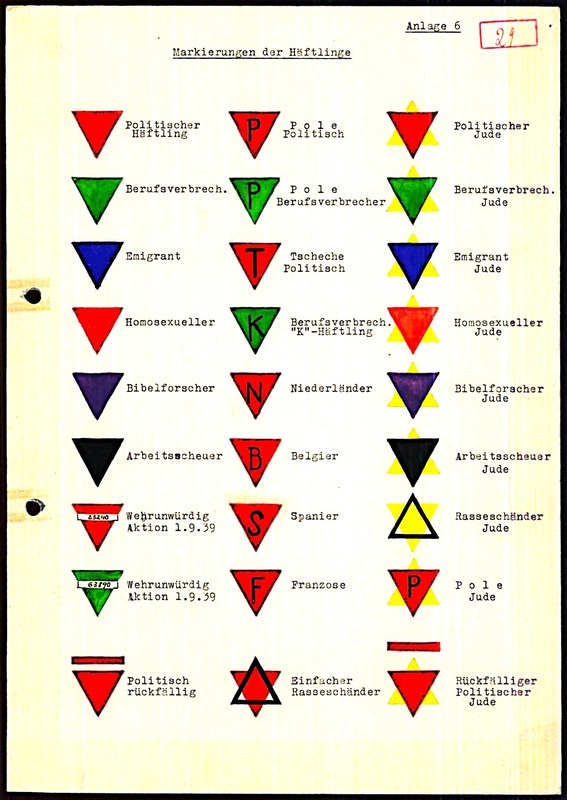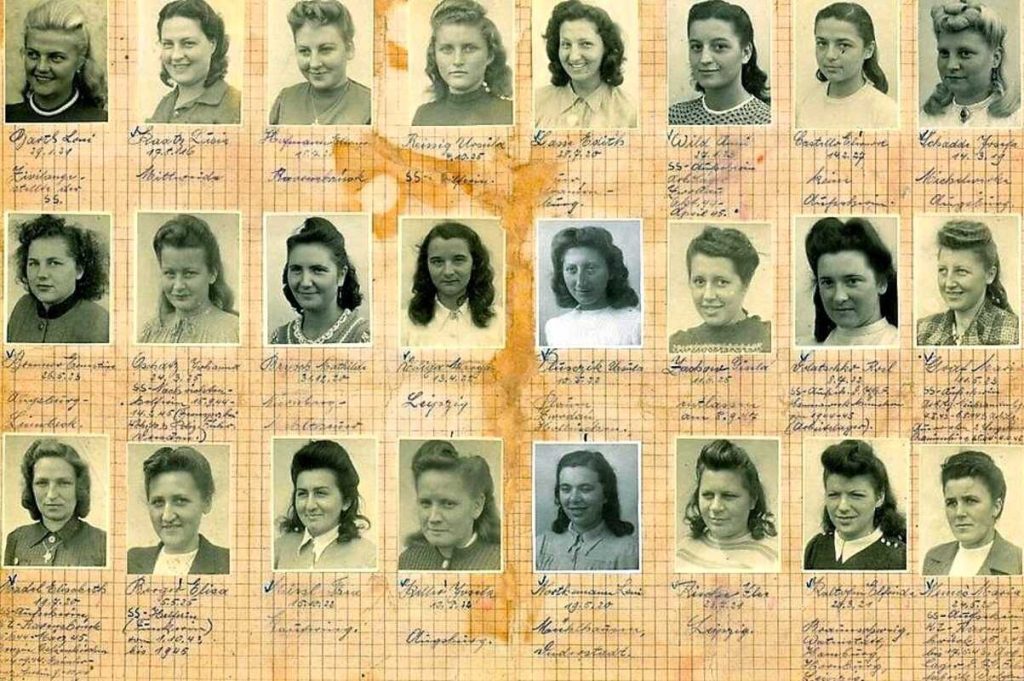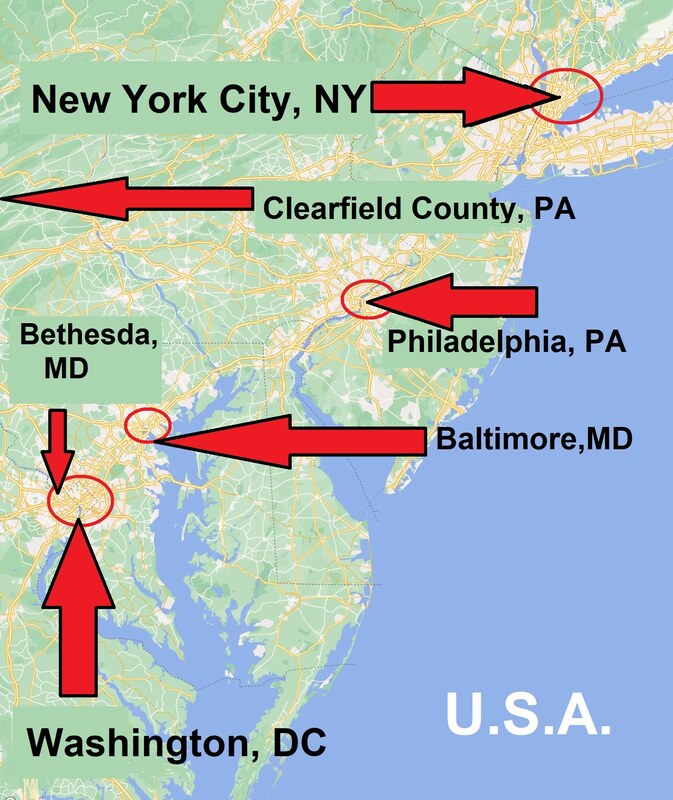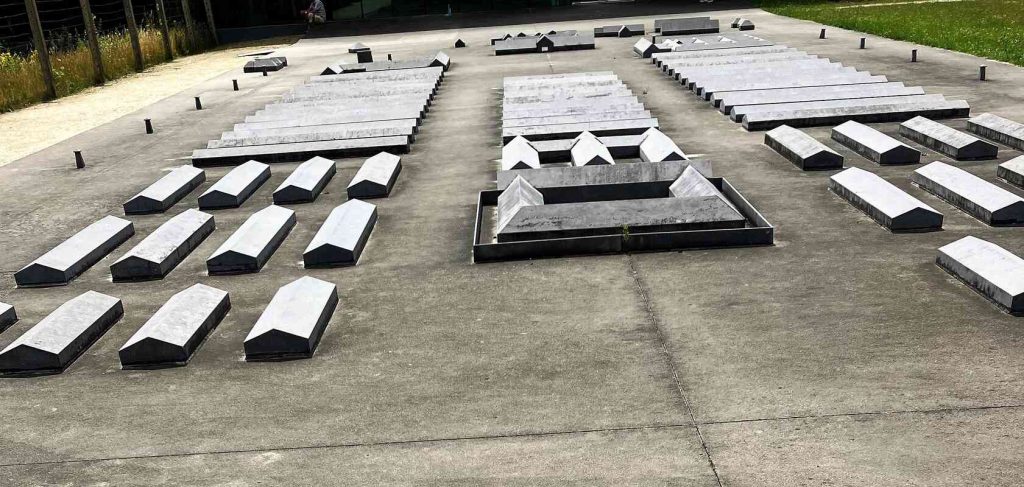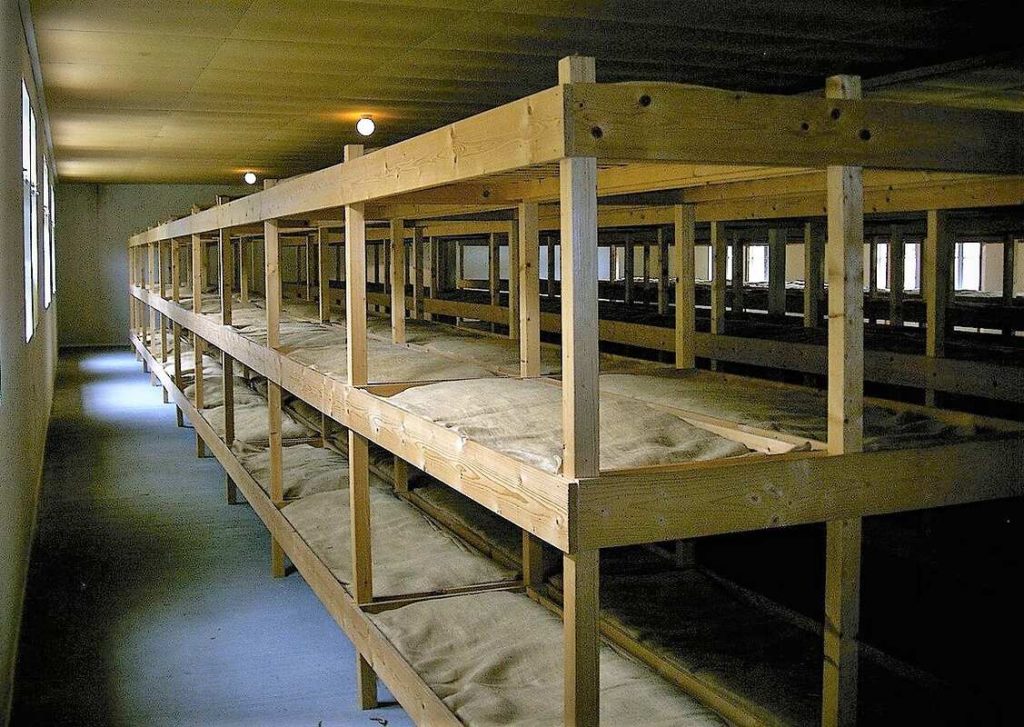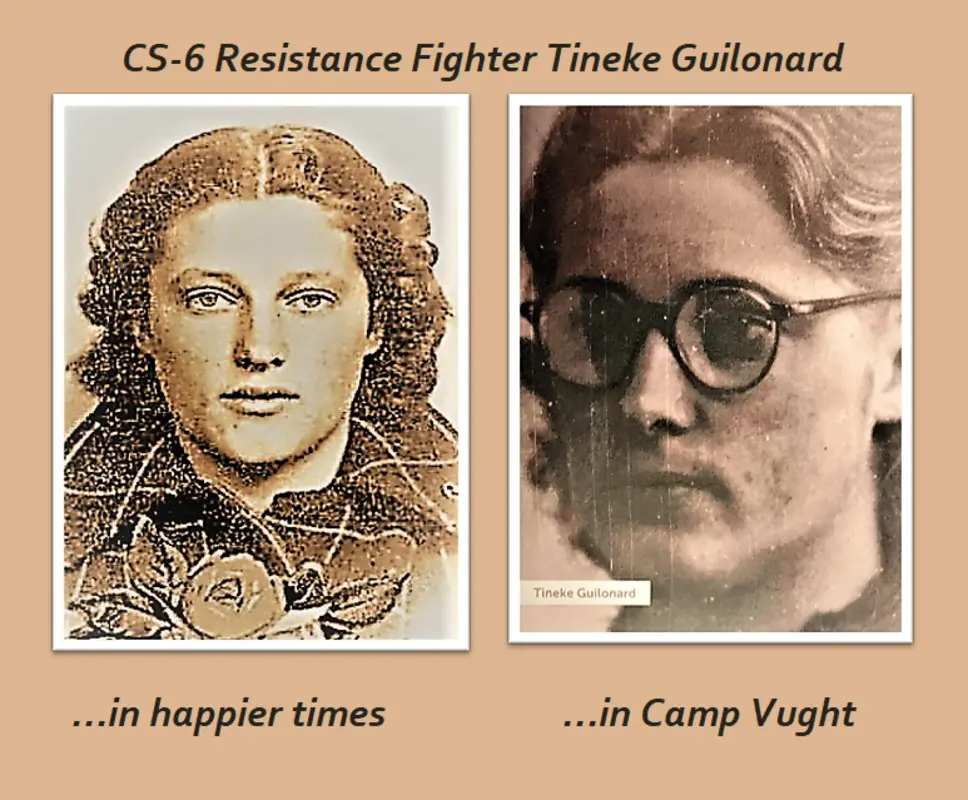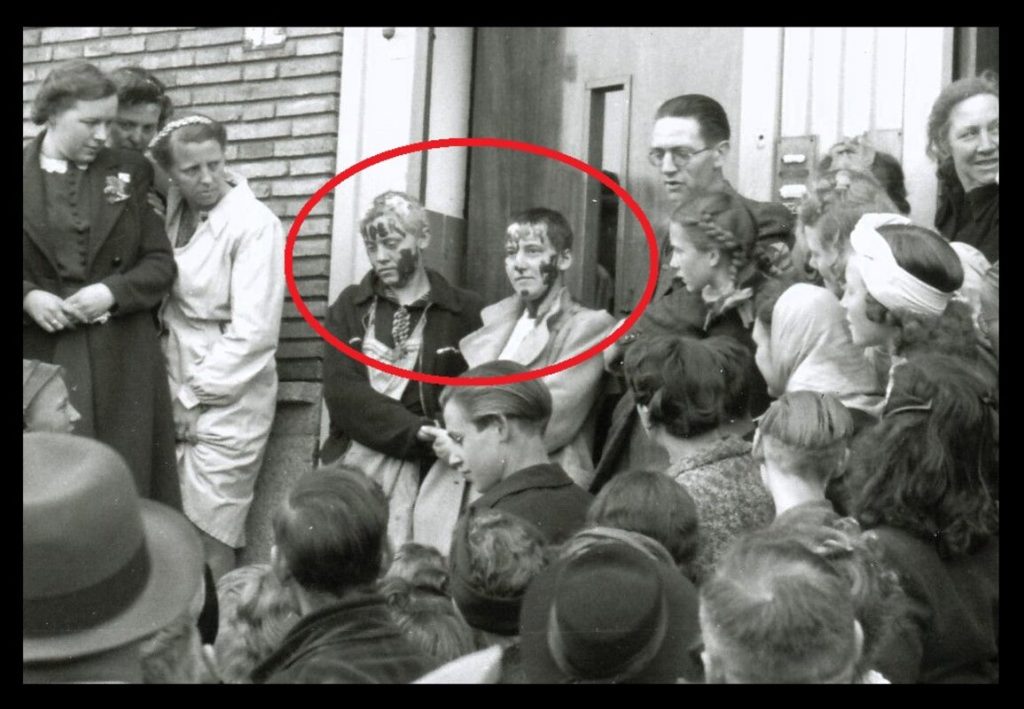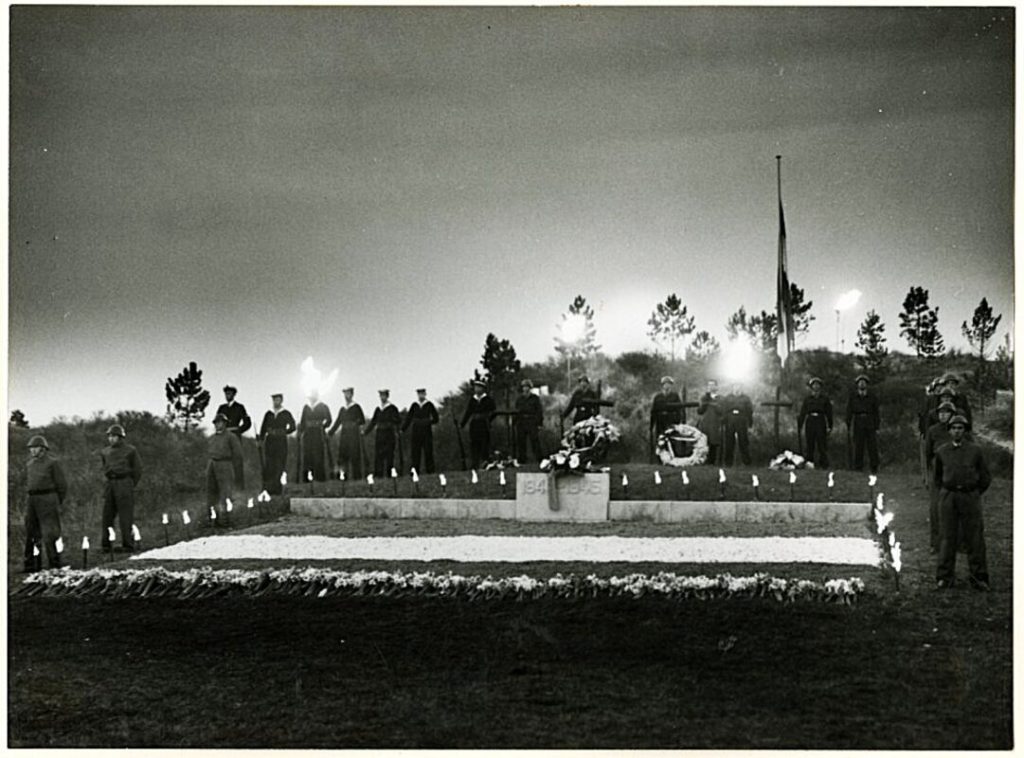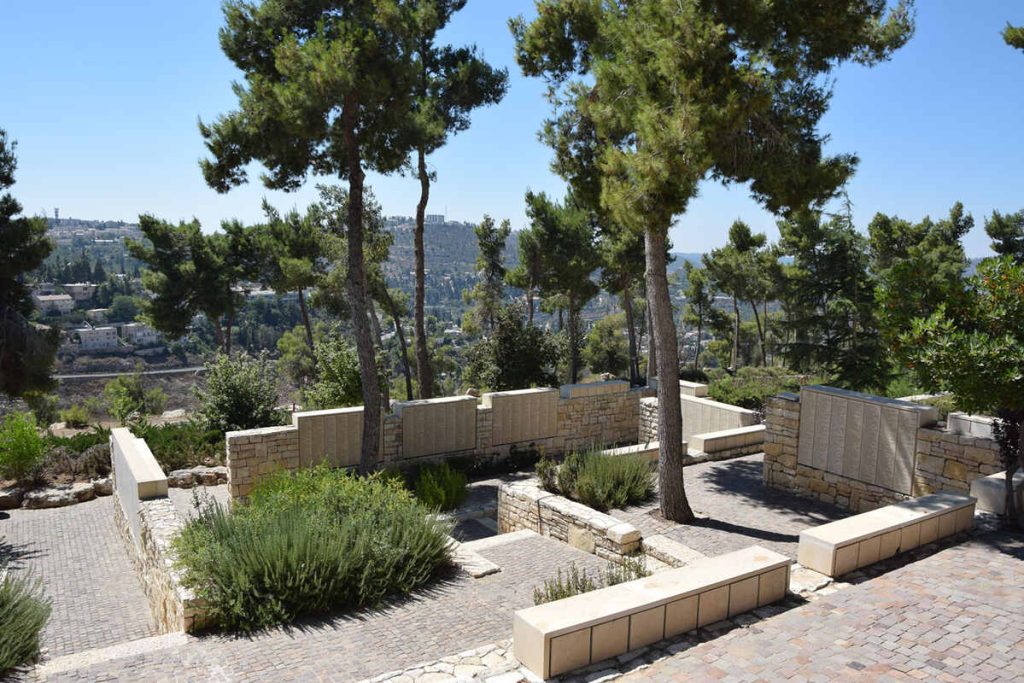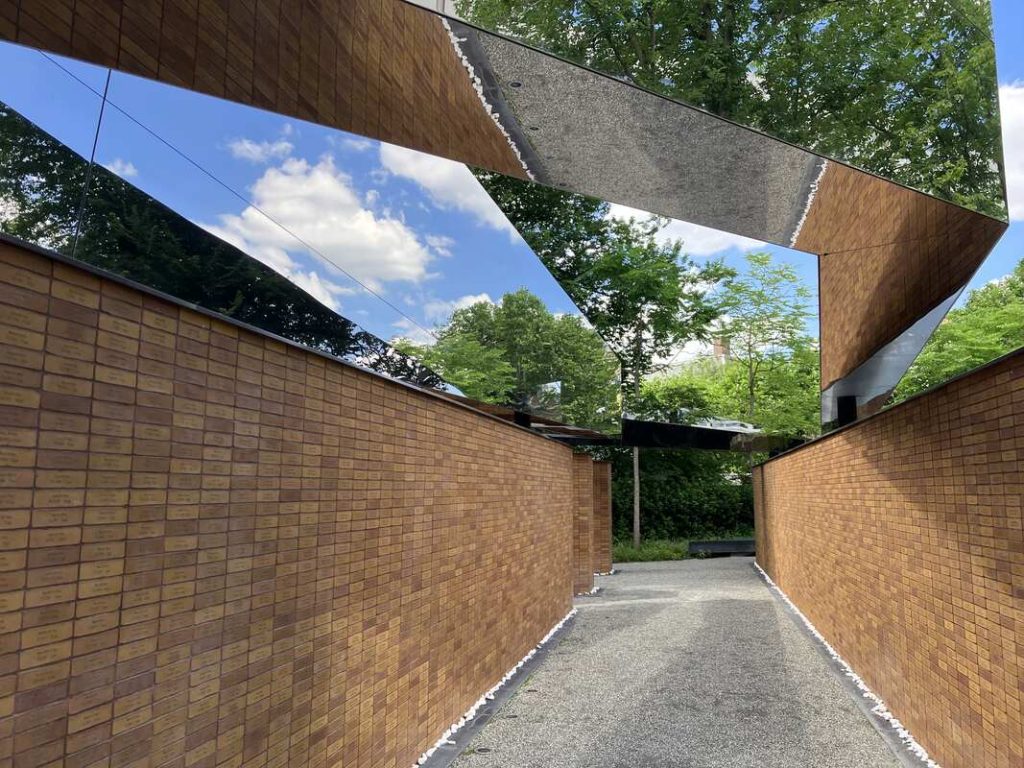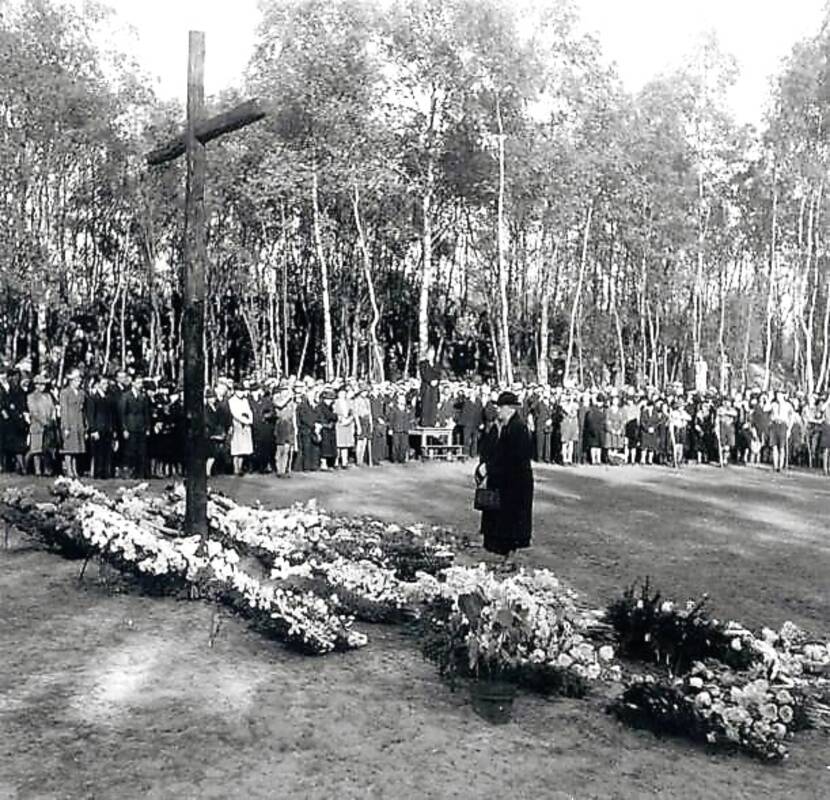The USA-Mies & her Liberation Skirt
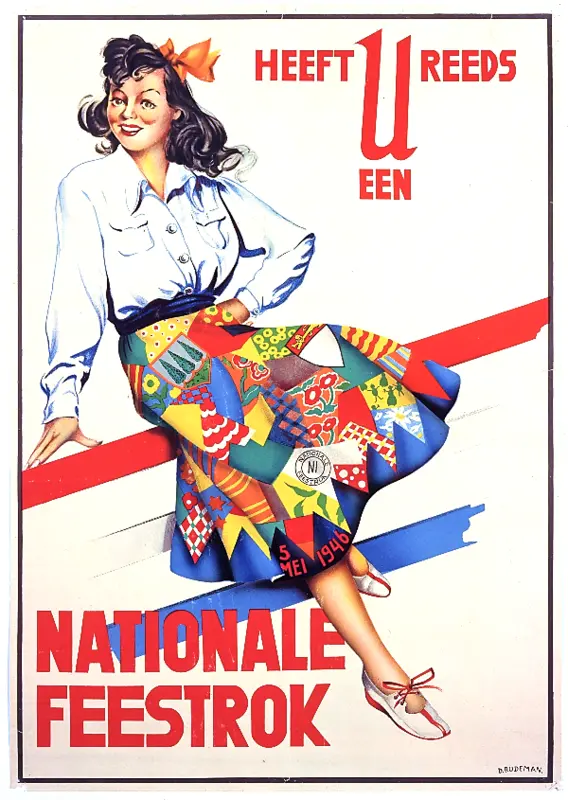
Unknown Photographer
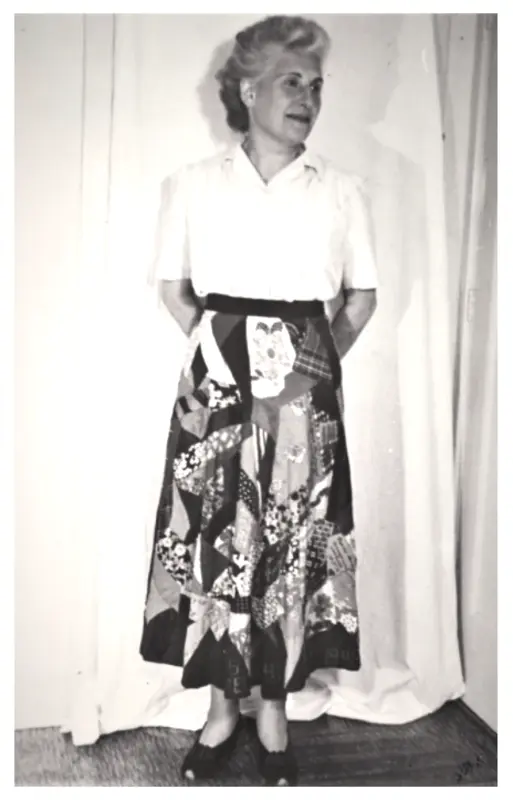
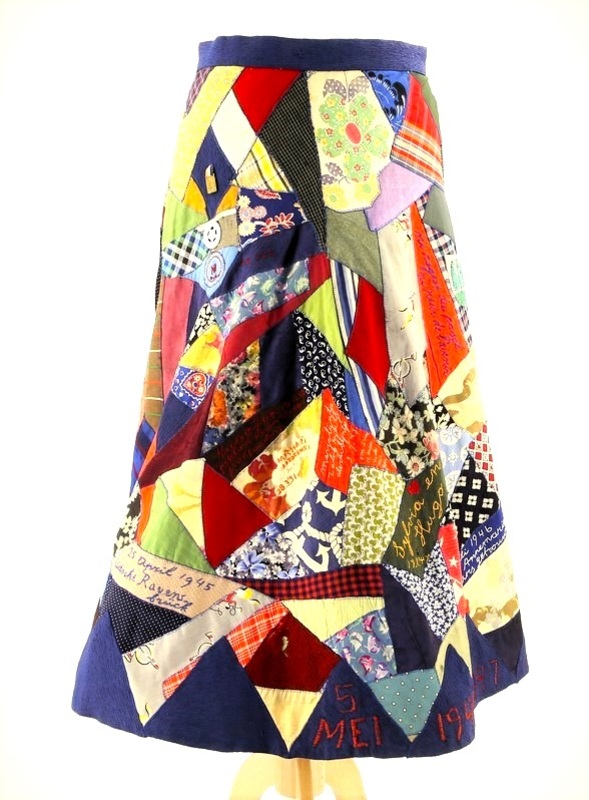

During the war, Mies Boissevain and her fellow-prisoners had been inspired and touched by the “Scarf of many Colors” which a friend had managed to create for her from pieces of material that had belonged to her husband (who would later perish in Buchenwald) and her children (two of whom had already been executed for their Resistance work). While this “Scarf of many Colors” had been small enough to get it smuggled in with the laundry, it did not only change the entire mood in the stinking cramped prison cell, but it was to sustain Mies during her later ordeals in Camp Vught and then the hell of Ravensbrück.
After the war, Mies Boissevain created what she referred to as her “life skirt,” a patchwork skirt made of pieces of material that had belonged to all those she had lost. She promoted her skirt as a kind of therapy. On 2 September 1948 about 1500 marching women sang the “Liberation Skirt” song in the parade for Queen Wilhelmina’s golden jubilee.
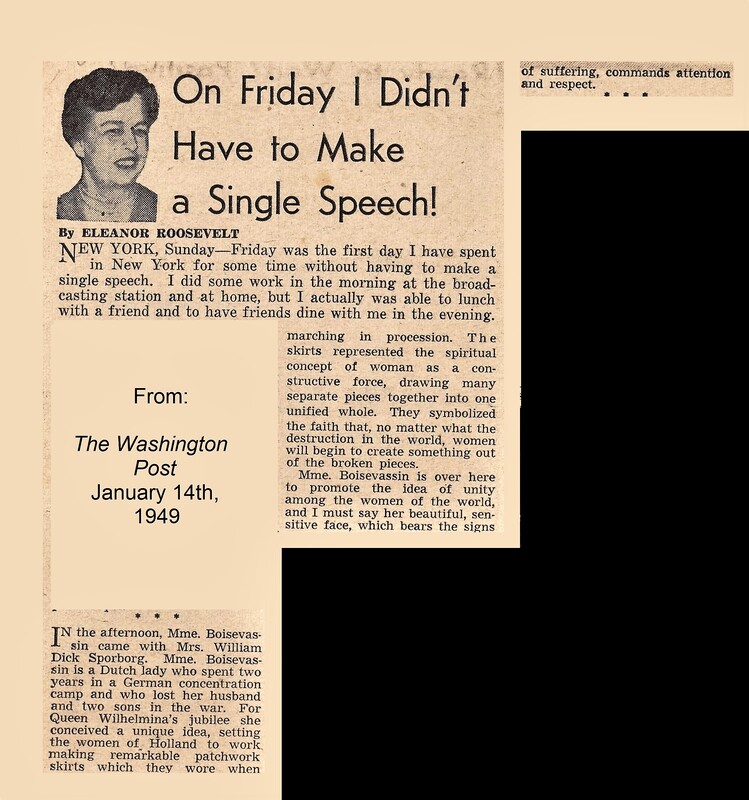
Also in attendance during Queen Wilhelmina’s jubilee was Mrs. Eleanor Roosevelt who invited Mies Boissevain to the Women’s International Exposition in New York. Later Mrs. Roosevelt also invited Mies to tea.
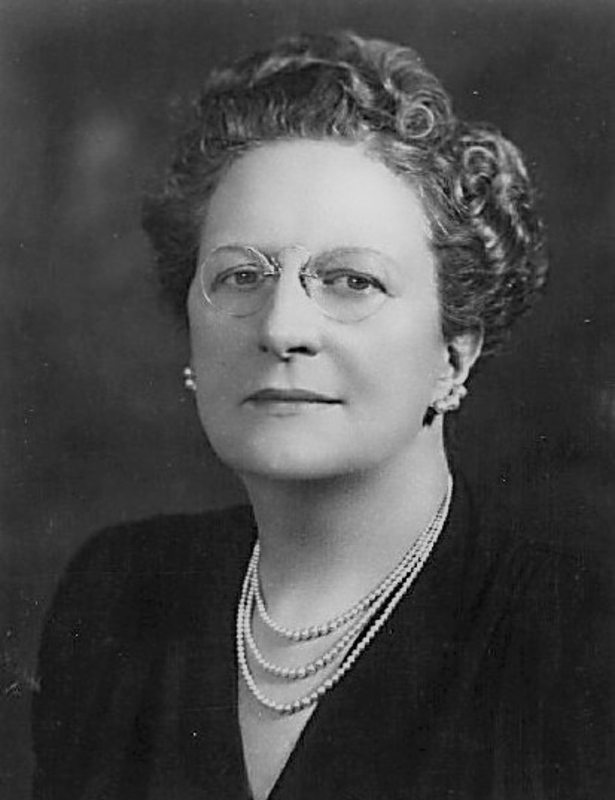
by Mrs. Anderson Whitehurst”
Picture credits: Unknown
In turn, the NYC exhibition where Mies Boissevain showed off her “Liberation Skirt” was attended by Mrs. Sara Anderson Whitehurst. She was not only the first woman to be appointed to the Board of the University of Maryland but was also a graduate of Hahnemann Women’s Medical College (the same school Vicky Winner, Kairos’ wife attended). This influential lady invited Mies Boissevain to stay in her second home in Baltimore, MD while arrangements were being made for Mies to go on a lecture tour of 26 states.
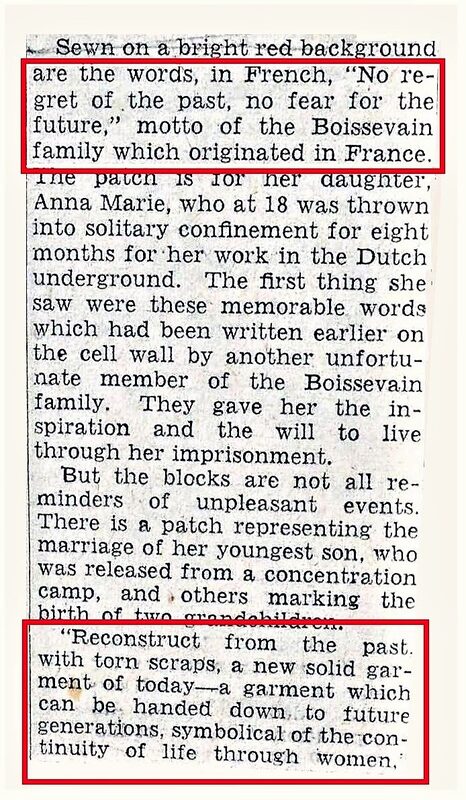
Picture credits: Unknown
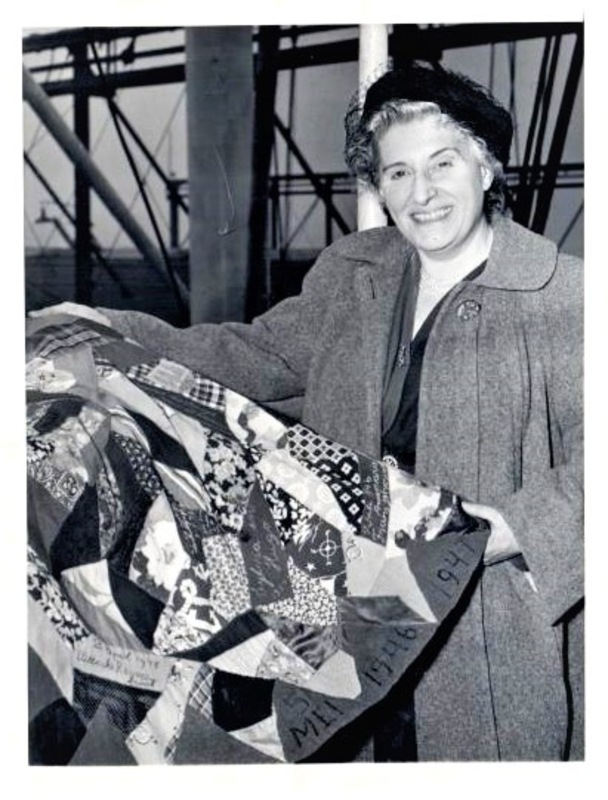
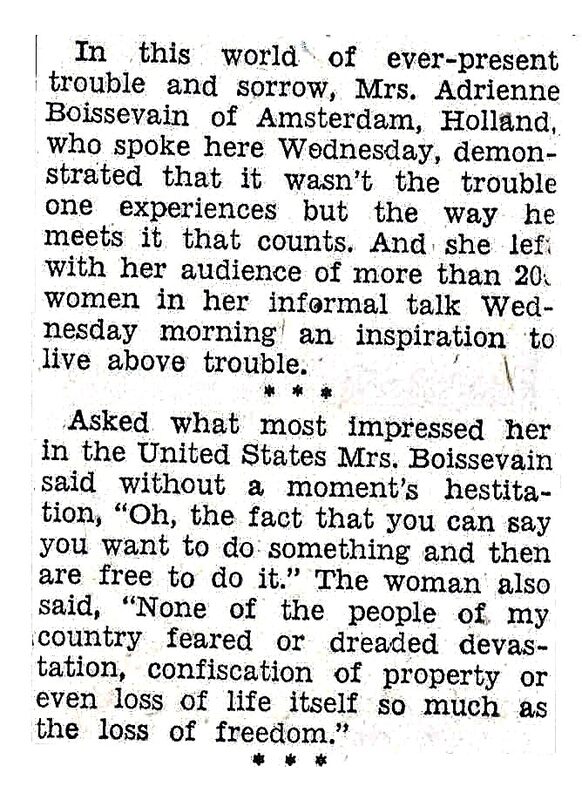
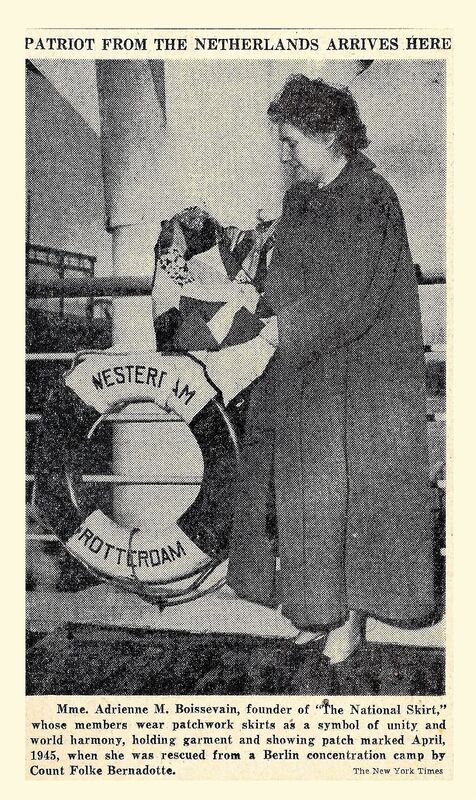
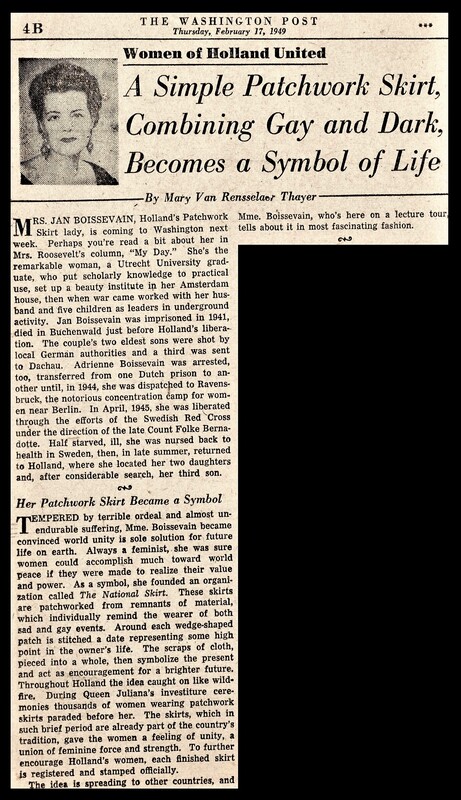
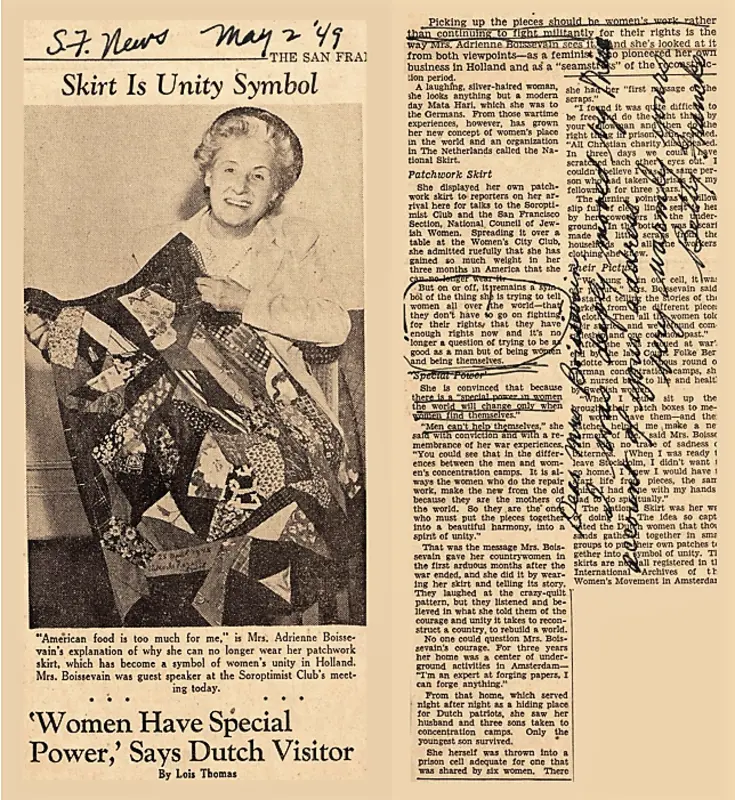

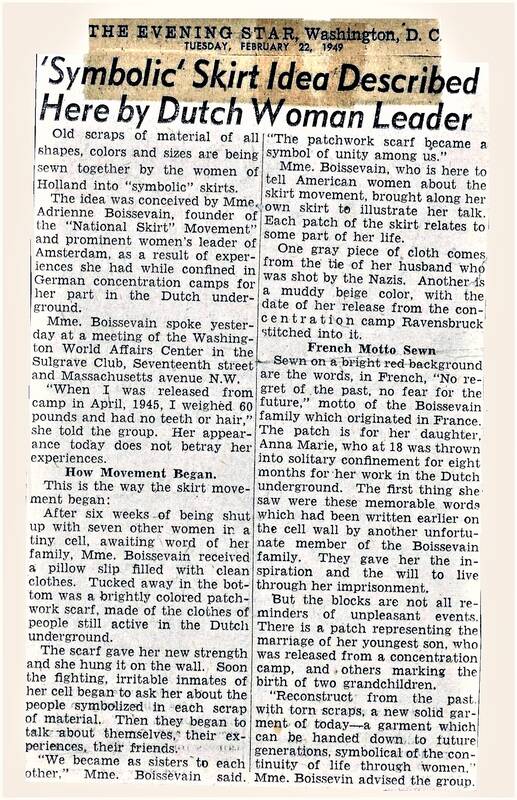
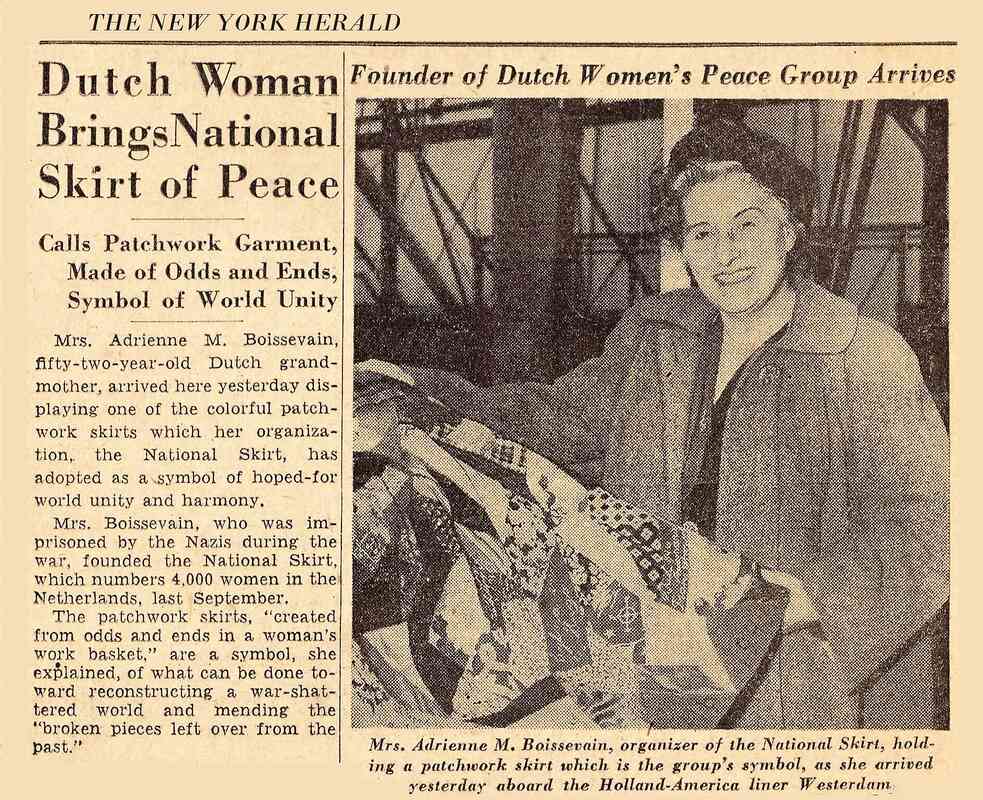
Mies Boissevain enjoyed traveling all over the USA to church basements and community halls to explain the concept behind her “Liberation Skirt.” She explained that all the colorful patches the skirt was made of were significant to the wearer, like a piece of silk from a parachute of a downed British pilot, or the Jewish star, or a piece of the tunic of a child that died during the war.
On her skirt, Mies wore the Boissevain motto “Neither regret the past, nor fear the future,” which her son Janka had scratched in his blood on to his prison wall before being executed. Mies also explained that her therapeutic, colorful skirt showed how women could create unity from many different pieces of fabric from the past to move into the future.
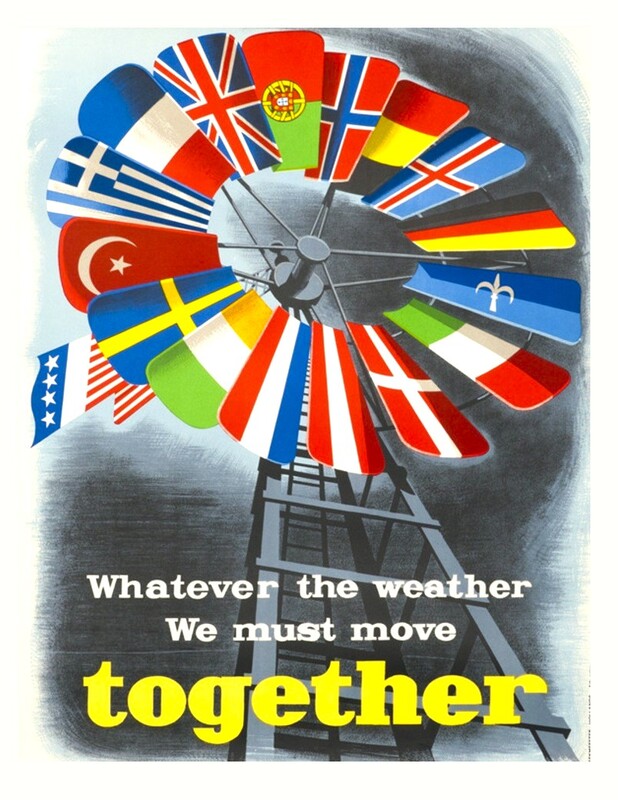
Poster by I.L. Speekmeester
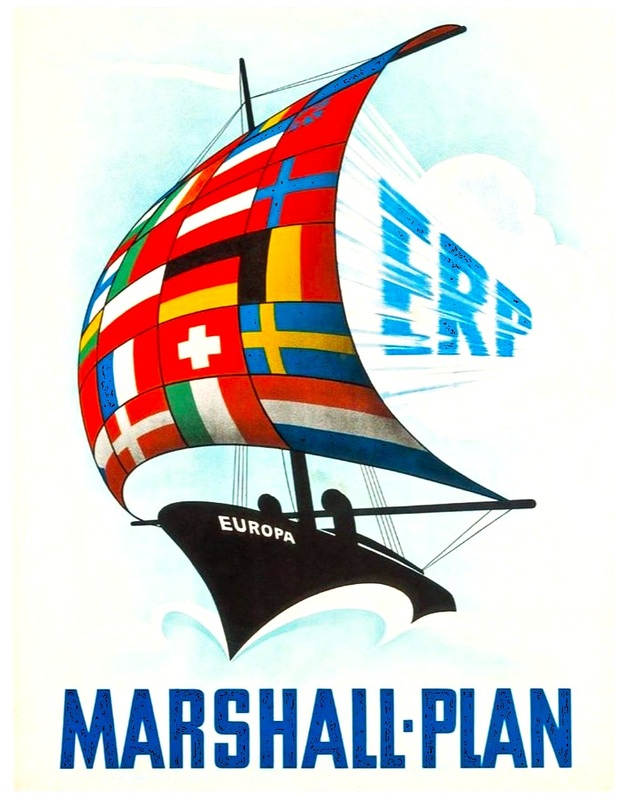
Unknown Artist
In her letter to Ulla, the kind Swedish volunteer nurse who helped her recuperate after Ravensbrück, Mies Boissevain mentions how indebted Holland felt to the USA. Living so close to the entirely destroyed Amsterdam Schiphol Airport, Mies was well aware that it as well as the rest of her country would not have been able to recover from the war if it had not been for the US “Marshall Plan.”
similar galleries
discover
JOIN MY NEWSLETTER
To receive announcements about new blogs, images, essays, lectures, and novels, please sign up.
